Concept of Crime: Nature and Definition
1. What is a Crime?
- A crime is an act of disobedience to laws set by a sovereign authority or legislative body.
- Not all acts of disobedience are crimes. For example:
- Disobedience of revenue laws or contract laws is not considered a crime.
- Robbery and murder are crimes because they are against moral sentiments.
- Moral Sentiments: Reflect the collective opinion of society about right and wrong, which changes over time and varies by location. Examples:
- Heresy was a crime in the past but isn’t today.
- Adultery is a crime in India but a civil wrong in some Western countries.
- Practices like suttee (widow-burning) and polygamy were once allowed in India but are now crimes.
2. Challenges in Defining Crime:
- Definitions of crime change with societal values, public opinion, and law-making.
- Russell states: “Defining crime has not been satisfactorily accomplished by any writer.”
- Crimes are created by those in power to protect their interests and ensure social security.
3. Attributes of Crime:
- Crime involves acts forbidden by law and deemed harmful to society.
- It is distinct from civil wrongs and moral wrongs, which may not always involve legal punishment.
Distinction Between Moral, Civil, and Criminal Wrongs
1. Moral Wrongs:
- Acts like lying or overeating are disapproved of socially but are not legally punishable.
- These are governed by social or religious norms, not law.
2. Civil Wrongs (Torts):
- Acts that harm individuals and allow the wronged person to claim damages, such as breach of contract.
- Punishment is not the focus; instead, the wrongdoer compensates the victim.
- Example: A car accident causing property damage.
3. Criminal Wrongs:
- Graver than moral or civil wrongs because they harm the community and set a bad example.
- Punishments include imprisonment or fines and aim to:
- Deter the wrongdoer and others.
- Reform the offender.
- Satisfy society’s sense of justice.
- Example: Theft, murder, or rape.
Key Differences Between Civil and Criminal Wrongs
1. Nature of Harm:
- Criminal wrongs: Affect society as a whole.
- Civil wrongs: Primarily harm individuals.
2. Purpose:
- Criminal wrongs: Punishment and societal protection.
- Civil wrongs: Compensation and restitution.
3. Standard of Proof:
- Criminal cases: Require proof beyond a reasonable doubt.
- Civil cases: Use the preponderance of evidence (less stringent).
4. Legal Tribunals:
- Criminal cases are heard in criminal courts.
- Civil cases are resolved in civil courts.
5. Intent (Mens Rea):
- Criminal acts: Require malicious intent.
- Civil wrongs: May arise from negligence or unintentional harm.
Criminal and Moral Wrongs
1. Narrower Scope of Criminal Wrongs:
- Not all moral wrongs are crimes.
- Examples:
- Ingratitude or selfishness are moral wrongs but not crimes.
- Failure to save someone in distress is unethical but not criminal.
2. Overlap Between Law and Morality:
- Certain crimes (e.g., murder, theft) align with moral wrongs.
- Some laws criminalize acts with no moral blame (e.g., not having a light on a bicycle).
Criminal Law vs. Ethics
1. Focus:
- Ethics: Aims for individual moral excellence.
- Criminal law: Maintains societal order.
2. Illustration:
- If someone refuses to feed a starving person despite having resources, it may be unethical but not criminal.
Complementarity of Crimes and Torts
1. Overlap in Acts:
- Some acts can be both crimes and torts.
- Example:
- Assault can lead to both criminal punishment and civil compensation.
2. Evolving Laws:
- Civil wrongs like untouchability and forced labor have been criminalized over time.
- Categories of crime change with societal norms, as shown by Blackstone's evolving views on crimes.
Conclusion
- Dynamic Concept: Crime is a relative and changing concept, varying by time, place, and societal values.
- Examples of Variance:
- Burning for heresy was a crime centuries ago but is no longer punishable.
- Adultery is a crime in India but not in England.
- Future Evolution: The understanding and legal treatment of crimes will continue to adapt to societal changes and humanitarian ideals.
Actus Reus and Mens Rea: Essentials of a Crime
1. Actus Reus (Guilty Act):
- Definition: It is the physical act of committing a crime or the omission of an act that leads to harm or injury.
- Key Points:
- Without a guilty act, no crime can be established.
- Both actions (e.g., theft, murder) and omissions (e.g., failing to feed a dependent child) can constitute Actus Reus.
- Examples:
- Voluntary Act: If someone drives while drunk and causes harm, the act is voluntary, even if the harm was unintended.
- Involuntary Act: A person having a heart attack while driving and causing an accident is not guilty as it was involuntary.
- Omission of Duty: A mother intentionally not feeding her child, causing death, can be charged with negligence or murder if intent is proven.
- Circumstantial Proof: The context, such as carrying a weapon with the intention to harm, can be used to establish guilt.
2. Mens Rea (Guilty Mind):
- Definition: Refers to the mental state or intent behind committing a crime.
- Key Points:
- The accused must have knowledge of their actions and malafide (bad) intentions.
- Crimes requiring specific intent, like theft, depend heavily on Mens Rea.
- Examples:
- Voluntary Knowledge: A person stealing an item with no intention to return it displays clear intent (Mens Rea).
- Mistake of Fact: If a person unknowingly drives on a one-way road due to missing signboards, they may not be criminally liable.
- Ignorantia Juris Non Excusat (Ignorance of Law): Selling an illegal item without knowing it’s illegal does not excuse the crime.
3. Relationship Between Actus Reus and Mens Rea:
- Both elements must generally coexist to constitute a crime.
- Example:
- Combined Intent and Act: Carrying a knife with intent to harm someone shows both Mens Rea and Actus Reus.
- No Intent, No Crime: If harm occurs due to an unforeseeable event (e.g., sudden illness), the person is not criminally liable.
4. Strict Liability:
- Definition: Crimes where Mens Rea is not required.
- Key Points:
- Actus Reus alone is sufficient to establish guilt.
- Examples include statutory rape, selling alcohol to minors, or violations of safety laws.
5. Minors and Crime:
- In India:
- Children below 7 years are deemed incapable of committing a crime.
- Children between 7-18 years cannot be tried as adults and face a maximum penalty of three years.
6. Criminal Negligence:
- Definition: Occurs when a person fails to act responsibly, leading to harm or injury.
- Examples:
- Leaving a loaded firearm unattended, which is later used in a crime.
7. Exceptions to Mens Rea:
- Crimes Without Specific Intent: Some offenses (like criminal negligence) do not require malafide intent but rather failure to act responsibly.
- Mistake of Fact vs. Law:
- Mistake of Fact: Excused (e.g., no clear signboards on a one-way street).
- Mistake of Law: Not excused (e.g., unknowingly selling illegal substances).
Four Essential Elements of a Crime
- Committed by a Human Being: Animals cannot commit crimes, although crimes against animals are punishable.
- Hurt or Injury: The act must cause harm or injury to another person, property, or society.
- Actus Reus: There must be a guilty act or omission.
- Mens Rea: There must be a guilty mind or intention, except in strict liability cases.
Actus Non Facit Reum Nisi Mens Sit Rea: Simplified Explanation
1. What is Actus Non Facit Reum Nisi Mens Sit Rea?
- Meaning: This Latin phrase means “An act does not make a person guilty unless there is a guilty mind.”
- Principle: A person is not criminally liable unless both actus reus (guilty act) and mens rea (guilty mind) are present simultaneously.
- Purpose: Protects individuals from being punished for actions committed without criminal intent.
2. Meaning of Actus Non Facit Reum Nisi Mens Sit Rea
- Definition: This legal maxim emphasizes that both the physical act (actus reus) and the mental intention (mens rea) are necessary to establish a crime.
- Key Idea: If someone performs an act without intending harm, it is not considered a crime.
- Example of Law Incorporation: Section 14 of the Indian Evidence Act, 1872 highlights this principle by requiring proof of intention for establishing guilt.
3. Actus Non Facit Reum Nisi Mens Sit Rea Example
- Scenario: If a person accidentally bumps into another without intending harm:
- Actus Reus: The physical act of bumping into someone.
- Mens Rea: Absent, as there was no intention to harm.
- Conclusion: This act is not a crime because the guilty mind is missing.
4. Actus Non Facit Reum Nisi Mens Sit Rea Under IPC
- The principle is incorporated into the Indian Penal Code, 1860 in two ways:
- Explicitly: By including mental states like intention or knowledge in defining crimes.
- Through Exceptions: Chapter 5 of IPC includes exceptions like:
- Mistake of Fact
- Accident
- Infancy
- Insanity
5. Mens Rea
- Definition: Refers to the mental state or intention to commit a crime.
- Essence: Prosecution must prove beyond a reasonable doubt that the accused knowingly committed the act with criminal intent.
- Examples:
- Regina v. Falkner: A defendant set fire to a ship unintentionally during theft. The court stressed the need for intent to establish guilt.
- Distinction from Motive:
- Motive: Reason for committing an act.
- Mens Rea: Intent to commit the act.
- A strong motive alone doesn’t constitute a crime.
6. Meaning of Actus Reus
- Definition: Refers to the physical act or omission constituting a crime.
- Key Points:
- Includes actions or inactions that cause harm and are prohibited by law.
- Omissions are criminal when a duty exists, and failure to act causes harm.
- Examples:
- R v. Dytham: A police officer failed to intervene during a fatal attack and was convicted for negligence in duty.
- Davey v. Lee: Taking a specific step towards committing a crime fulfills actus reus for attempted crimes.
7. Exceptions of Actus Non Facit Reum Nisi Mens Sit Rea
- In certain cases, mens rea is not required for liability:
- Strict Liability: The guilty act alone is enough to establish a crime.
- Examples:
- Ranjit D. Udeshi v. State of Maharashtra (1964): Selling obscene material is punishable under Section 292 IPC, even if the seller is unaware of its obscene nature.
- Statutory Offenses: Selling alcohol to minors or statutory rape.
8. Case Laws For Actus Non Facit Reum Nisi Mens Sit Rea
- R. Balakrishna Pillai v. State of Kerala: Emphasized the importance of both actus reus and mens rea in criminal liability.
- Kartar Singh v. State of Punjab: Acknowledged exceptions where mens rea may be excluded by statutes.
- Siddhapal Kamala Yadav v. State of Maharashtra: Linked Section 84 IPC (unsound mind) with this principle.
- State of Rajasthan v. Shera Ram: Stressed the significance of intention and action in establishing guilt.
- Brend v. Wood: Highlighted the necessity of mens rea unless explicitly excluded by statutes.
- Commissioner of Sales Tax v. Rama and Sons: Discussed modern codified statutes incorporating terms like “intentionally,” “fraudulently,” or “dishonestly” to reflect mens rea.
9. Conclusion
- Core Idea: "An act does not make a person guilty unless there is a guilty mind."
- Requirement: For criminal liability, both actus reus (physical act) and mens rea (intention) must be proven.
- Purpose: Ensures fairness by preventing punishment for acts done without criminal intent, thus balancing justice and individual liberty.
Joint and Constructive Criminal Liability
1. Joint Criminal Liability
- Definition: Liability shared by two or more individuals engaged in committing an offence. If one or more persons commit an act prohibited by law for the benefit of all, each person is liable as if they committed the act alone.
- Key Provision: Section 34 of IPC, 1860, states that when a criminal act is done by several persons in furtherance of a common intention, each person is liable for the act as if it were done by them alone.
2. Essentials of Section 34
- Common Intention:
- All individuals must share a common intention to commit the crime.
- Example: Birendra Kumar Ghosh v. King Emperor (Postman Case) – Even if one individual is not physically present at the crime scene, their shared intention makes them equally liable.
- Several Persons: Minimum two persons must be involved in committing the act.
- Criminal Act: The act must be a crime, carried out in furtherance of the common intention.
3. Section 35 of IPC, 1860
- Provision: States that when a criminal act is done by several persons with criminal knowledge or intention, each person is liable as if they acted alone with that knowledge or intention.
- Essentials:
- Criminal Knowledge or Intention: The act must involve knowledge or intention to commit a crime.
- Several Persons: A minimum of two persons involved.
- Criminal Act: The act must constitute a crime.
4. Section 37 of IPC, 1860
- Provision: States that when an offence is committed by several acts, whoever intentionally cooperates by doing any of those acts, either alone or jointly, is guilty of the offence.
- Essentials:
- Criminal Act Committed by Several Acts: A crime committed collectively through different acts.
- Intentional Cooperation: The accused must intentionally cooperate in the commission of the crime.
- Participation in Acts Constituting the Offence: Involvement in any of the acts that collectively constitute the crime.
5. Section 34 Read with Section 114 of IPC, 1860
- Provision: Section 114 states that an abettor, present at the scene of the offence, is equally liable as the principal offender.
- Example: A person aiding a robbery and present during its commission is equally liable for the robbery.
6. Section 34 Read with Section 396 of IPC, 1860
- Provision: Section 396 specifies that during a dacoity, if a murder is committed, all persons involved in the dacoity are liable for the murder.
7. Section 34 Read with Section 460 of IPC, 1860
- Provision: Section 460 states that if grievous hurt or death occurs during lurking house-trespass or housebreaking at night, all individuals involved are liable for the offence.
8. Constructive Liability
- Definition: An extension of joint liability. If an offence is committed by any member of an unlawful assembly in furtherance of a common object, all members are held liable, even if not physically present.
- Key Provision: Section 149 of IPC, 1860, states that if a crime is committed by any member of an unlawful assembly (defined under Section 141 IPC) in pursuit of its common object, all members are guilty.
- Essentials:
- Offence by Any Member of Unlawful Assembly: The act must be committed by any member of the assembly.
- Common Object: The act must further the assembly's common object.
- Membership of the Same Assembly: Mere membership at the time of the offence is sufficient to establish liability.
9. Distinction Between Section 34 and Section 149
| Section 34 | Section 149 |
|---|---|
| Requires common intention. | Requires common object. |
| Applicable to two or more persons. | Requires a minimum of five persons. |
| Does not create a specific offence. | Creates a specific offence. |
| Prior meeting of minds is required. | No prior meeting of minds is required. |
| Active participation is necessary. | Active participation is not mandatory. |
| Liability based on common intention. | Liability based on membership of unlawful assembly. |
10. Conclusion
- Joint Liability (Section 34): Focuses on shared intention and active participation.
- Constructive Liability (Section 149): Broadens liability to all members of an unlawful assembly, irrespective of active participation, provided the act furthers the assembly's common object.
- These provisions ensure that individuals acting together or as part of a group are held accountable for their actions under Indian criminal law.
Case Law
State of Maharashtra v. Mayer Hans George (1965) - Ignorantia Jurish Non Excusat
- Key Point: For certain economic laws like FERA, intent (mens rea) is not needed to prove guilt.
- Facts: Mayer Hans George was caught with 34 kg of gold while passing through India. He claimed he didn’t plan to break any law as he wasn’t getting off the plane and was unaware of the law.
- Outcome: The Supreme Court held that even if George didn’t intend to break the law, he was still responsible because laws protecting the economy don’t need proof of intent. His conviction was upheld.
Suresh v. State of UP (2001) - Murder
- Key Point: This case deals with murder within a family over a land dispute and discusses the death penalty in rare cases.
- What Happened: Suresh and his brother-in-law brutally murdered Suresh’s brother and his family over a land dispute, attacking with axes and choppers. Suresh’s wife allegedly encouraged them but did not participate directly.
- Court Decisions: The Supreme Court upheld the death penalty for Suresh and Ramji due to the brutal nature of the crime but dismissed charges against Pavitri Devi, finding no evidence of her common intention under Section 34 IPC.
Palani Goundan v. Emperor (1919)
- Key Point: Explores whether the accused’s actions qualify as murder or culpable homicide under Sections 300 and 299 IPC.
- What Happened: Palani Goundan struck his wife with a ploughshare, thinking she was dead, and attempted to stage a hanging to cover up the crime.
- Main Issues:
- Did the accused’s actions amount to murder under Section 300 IPC?
- Was there an intention to cause death?
- Outcome: The Madras High Court ruled the accused lacked mens rea (intent to kill) and overturned the murder conviction, finding him guilty of assault and attempting to create false evidence.
Mizaji v. State of UP (1959)
- Key Point: Section 149 IPC makes every member of a group responsible if one person commits a crime to achieve their shared goal.
- What Happened: Mizaji and others, carrying weapons, went to seize land by force. When stopped, Mizaji shot and killed the landowner.
- Main Issue: Could the entire group be held guilty of murder under Section 149 IPC?
- Outcome: The court held all members responsible for the murder due to their shared plan. Mizaji received the death penalty, while others were sentenced to life imprisonment.
Birendra Kumar Ghosh v. Emperor - Common Intention (Section 34 IPC)
- Key Point: Explains the common intention principle under Section 34 IPC.
- What Happened: Four men attempted to rob a post office. During the robbery, the Postmaster was killed. The accused fired a pistol while escaping.
- Important Law: Section 34 IPC states that when people act with a common plan, each is responsible for the acts of others.
- Outcome: The court held the accused guilty, as the murder was part of their shared plan.
Mahboob Shah v. Emperor
- Key Point: Distinguishes between the same intention and common intention under Section 34 IPC.
- What Happened: Two men, Wali Shah and Mahboob Shah, joined a fight to help a family member. Wali Shah killed one person, and Mahboob Shah shot another, who later died.
- Main Issue: Did Mahboob Shah share a common intention with Wali Shah to commit murder?
- Important Law: Section 34 IPC holds individuals jointly liable if they share a common plan and intention to commit a crime.
- Outcome: The court found no evidence of Mahboob Shah sharing an intention to murder and overturned his conviction.
Inchoate Offences
1. Introduction
- Crimes are punishable even if they are incomplete.
- Inchoate offences are acts committed in preparation for or towards committing a crime.
- Principle: “Prevention of crime is better than the punishment of crime.”
- Examples: Attempt to murder, abetment to suicide, and conspiracy.
- Focus: Punishes steps taken towards committing a crime, not the crime itself.
2. What are Inchoate Offences?
- Definition: "Incomplete offences."
- Literal Meaning: "Unfinished" or "underdeveloped."
- Inchoate offences involve only mens rea (guilty intention) but lack complete actus reus (commission of the act).
- Punishment: Less severe than for the actual crime.
- Example: Murder (Section 302 IPC) has stricter punishment than Attempt to Murder (Section 307 IPC).
- Includes:
- Attempt
- Abetment
- Conspiracy
3. Historical Development
- Inchoate offences were absent in early laws.
- Introduced in 16th Century England as a precautionary method to prevent crimes.
- Initially limited to "attempt to commit a crime," later expanded to include abetment and conspiracy.
- In India:
- Included in the Indian Penal Code (IPC), 1860.
- Criminal conspiracy added in 1913 (Chapter V-A).
4. Types of Inchoate Crimes
A. Abetment
- Definition: Persuading, instigating, or aiding another person to commit a crime.
- Covered Under: Chapter V, Sections 107 and 108 IPC.
- Example: If A assists B in murdering C, A is guilty of abetment.
- Types of Abetment:
- Abetment by Incitement: Instigating or encouraging someone to commit a crime.
- Requires proof of wilful incitement.
- Merely associating with a criminal does not amount to abetment.
- Abetment by Conspiracy: Agreement to commit a crime and aiding in its execution.
- Narrower scope than criminal conspiracy.
- Example: Section 120A IPC defines conspiracy as an agreement to commit a crime.
- Abetment by Illegal Omission: Failing to act when legally obligated to prevent a crime.
- Example: A senior police officer fails to stop subordinates from abusing prisoners.
- Abetment through Assistance: Providing resources or help in committing a crime.
- Example: Supplying weapons for murder.
- Abetment by Incitement: Instigating or encouraging someone to commit a crime.
B. Attempt
- Definition: Direct movement towards committing a crime after preparation, without completing it.
- Covered Under: Chapter XXIII IPC.
- Stages of a Crime:
- Idea or intention
- Preparation
- Attempt
- Actual commission
- Examples:
- Section 307 IPC (Attempt to Murder): Shooting someone but missing the target.
- Section 511 IPC: Punishes attempts not covered in specific sections.
C. Conspiracy
- Definition: Agreement between two or more persons to commit a crime.
- Criminal Conspiracy:
- Sections 120A and 120B IPC.
- Requirements:
- At least two persons.
- Agreement to commit an illegal act or legal act through illegal means.
- Example: A and B plan to murder C but fail. Both are guilty of conspiracy.
5. The Proximity Rule
- Definition: Determines liability by examining how close the defendant’s act is to the actual crime.
- Example: In R v. Taylor, lighting a matchstick near a haystack to destroy it was considered proximate enough to attempt arson, even though the fire was extinguished.
6. Defences to Inchoate Crimes
A. Abandonment:
- The accused voluntarily gives up efforts to commit a crime.
- Example: Reporting a planned burglary to the police after abandoning the act.
B. Impossibility:
- Legal Impossibility: The intended act is not a crime.
- Example: Accidentally hitting a person while aiming to shoot an animal.
- Factual Impossibility: Crime becomes impossible due to unforeseen circumstances.
- Example: A plans to destroy a house, but it is already destroyed by a natural calamity.
7. Conclusion
- Inchoate offences like abetment, attempt, and conspiracy aim to prevent crimes at their early stages.
- These provisions are necessary for a safer society and continue to evolve with time.
- By penalizing preparatory steps, they act as deterrents, ensuring that the thought or preparation for a crime does not escalate to actual harm.
Case Law on Inchoate Offences
Q. v. Collins
- Key Principle: If a pickpocket reaches into an empty pocket intending to steal, it is still an attempt because the intent and action are present.
- Example: If someone tries to poison another person by giving them a drink, but the glass spills, they are still guilty of attempted murder.
R v. Brown and R v. Ring
- Key Point: Even if the crime isn’t possible (e.g., stealing from an empty pocket), the attempt is still a crime if intent and action are present.
Asgarali Pradhania v. Emperor (1933) - Attempts Miscarriage
- Key Point: This case differentiates between realistic and unrealistic attempts.
- What Happened: The accused attempted to cause a miscarriage using a defective substance that couldn’t work.
- Main Issue: Could the accused be liable for attempting a miscarriage despite the substance’s ineffectiveness?
- Important Law: Sections 511 and 312 IPC.
- Outcome: The court ruled that the accused was not guilty as the substance was too weak to achieve the intended result.
Abhayanand Mishra v. State of Bihar (1961)
- Key Point: Differentiates between preparation and attempt in cheating cases.
- What Happened: Mishra submitted forged documents to Patna University to take the M.A. exam.
- Main Issue: Did submitting forged documents qualify as an attempt to cheat?
- Outcome: The Supreme Court held this constituted an attempt, as it induced the issuance of an admission card, considered property under Section 420 IPC.
Om Prakash v. State of Punjab (1961)
- Key Point: Mere intention is insufficient; there must be action knowing it could lead to death.
- What Happened: The appellant’s wife gave a dying declaration blaming her husband’s actions, worsening her health.
- Main Issue: Did the appellant’s actions amount to an attempt to murder?
- Outcome: The Supreme Court affirmed the conviction under Section 307 IPC, stating that actions with knowledge of potentially fatal outcomes qualify as an attempt.
Malkiat Singh v. State of Punjab
- What Happened: Malkiat Singh’s truck, loaded with paddy, was intercepted far from its destination. Transporting paddy out of Punjab was banned.
- Main Issue: Was this mere preparation or an attempt to export paddy illegally?
- Outcome: The court ruled it was preparation, not attempt, as they still had the chance to stop and avoid the crime.
State of Maharashtra v. Mohd. Yakub
- Key Point: Defines the line between preparation and attempt under Section 511 IPC.
- What Happened: Authorities intercepted vehicles carrying silver illegally.
- Main Issue: Did the actions qualify as an attempt to smuggle?
- Outcome: The Supreme Court found the accused guilty, stating their actions went beyond preparation and constituted an attempt.
Section 309 IPC and Supreme Court Interpretations
- Provision: Criminalizes the attempt to commit suicide, punishable by imprisonment up to one year, a fine, or both.
- Key Cases:
- P. Rathinam v. Union of India (1994): Struck down Section 309 IPC, stating it violated Article 21, which implied the right to die.
- Gian Kaur v. State of Punjab (1996): Overruled P. Rathinam, upholding Section 309 IPC.
- Reasoning: Article 21 does not include the right to die. The sanctity of life is paramount.
- Euthanasia: Differentiated between euthanasia and suicide, allowing withdrawal of life support in cases of persistent vegetative states but not active measures to end life.
General Exceptions in IPC
a) Scope, Relevance, and Nature of General Exceptions
- Scope:
- Defined in Chapter IV of the Indian Penal Code (Sections 76–106).
- Covers circumstances where acts, though appearing criminal, are not considered offences under specific conditions.
- Relevance:
- Ensures fairness by excusing actions lacking criminal intent or justified by special circumstances.
- Protects individuals from wrongful convictions when actions are not motivated by malicious intent.
- Nature:
- Relies on principles like absence of mens rea, justification by necessity, and lack of control over the act.
- The burden of proof lies on the accused to prove their case falls under these exceptions.
b) Broad Categorization of General Exceptions: Excusable and Justifiable Acts
1. Excusable Acts:
- Excused due to absence of mens rea or control over the action.
- Mistake of Fact (Sections 76–79):
- A person acts under a genuine mistake of fact, believing they are legally justified.
- Example: A soldier fires on a mob under orders, believing it lawful.
- Acts of a Child (Sections 82–83):
- Children under 7 are completely immune.
- Children between 7 and 12 may also be excused if they lack maturity of understanding.
- Acts of Insane Persons (Section 84):
- People with unsound minds, incapable of understanding their actions or distinguishing right from wrong, are excused.
- Example: A mentally ill person kills someone under delusion.
- Acts under Intoxication (Sections 85–86):
- Acts performed involuntarily due to intoxication without knowledge or against the will of the person are excused.
- Example: A person intoxicated by force unknowingly commits a crime.
2. Justifiable Acts:
- Acts justified by necessity, consent, or law.
- Judicial Acts (Sections 77–78):
- Judges and court officers performing acts within their jurisdiction and good faith are protected.
- Example: An executioner carrying out a death sentence.
- Accidents (Section 80):
- Acts done without criminal intent or negligence during lawful activities.
- Example: A player accidentally injures another during a game.
- Acts to Avoid Harm (Section 81):
- Acts committed in good faith to prevent greater harm.
- Example: Destroying property to stop the spread of fire.
- Acts Done by Consent (Sections 87–91):
- Acts causing harm are excused if done with informed and voluntary consent.
- Example: A surgeon performs a risky operation with the patient’s consent.
- Trifling Acts (Section 95):
- Minor acts causing negligible harm are excused.
- Example: Playfully tapping someone with an umbrella.
- Right of Private Defence (Sections 96–106):
- Acts of self-defence to protect life or property are justified under reasonable apprehension of danger.
- Example: A person kills an attacker in self-defence when threatened with death.
Conclusion
- General exceptions under IPC reflect the importance of fairness in criminal law.
- They recognize absence of criminal intent, necessity, and self-defence as valid reasons to excuse or justify actions otherwise deemed criminal.
- These provisions ensure justice by protecting individuals acting in good faith or under unavoidable circumstances.
General Exceptions in IPC (Continued)
c) Key General Exceptions under IPC
1. Mistake of Fact (Sections 76 and 79):
- Mistake of Fact vs. Mistake of Law:
- Mistake of Fact is an honest error about facts (excusable).
- Mistake of Law is ignorance of the law and is not excusable.
- Section 76: A person acting under a good faith belief of being legally bound to do an act is not liable.
- Example: A soldier firing on a mob under lawful orders is not guilty.
- Section 79: A person acting in good faith, believing their act is justified by law, is excused.
- Example: Arresting someone wrongly, believing they are a criminal, is excusable if done in good faith.
2. Judicial Acts (Sections 77 and 78):
- Section 77: Judges performing their duties in good faith under legal authority are protected.
- Example: A judge sentencing a person to death is not liable, even if a mistake is made.
- Section 78: Acts done by others under a court’s order are excused if done in good faith, believing the court has jurisdiction.
- Example: An executioner following a court order to hang a person.
3. Accident (Section 80):
- No offence is committed if an act is:
- Unintentional or accidental.
- Performed during a lawful act with due care and caution.
- Example: If a cricket ball accidentally hits and kills a person during a game, it is excused.
4. Necessity (Section 81):
- Acts done to avoid greater harm in good faith are excused.
- Example: Breaking a house during a fire to prevent it from spreading.
5. Insanity (Section 84):
- A person incapable of understanding the nature of their act due to unsoundness of mind is excused.
- Example: A person killing under delusion, believing it was commanded by divine forces, may be excused.
6. Infancy (Sections 82 and 83):
- Section 82: Children under 7 years are incapable of committing a crime.
- Section 83: Children aged 7-12 years are excused if they lack maturity to understand the consequences of their actions.
7. Intoxication (Sections 85 and 86):
- Section 85: Acts done under involuntary intoxication (e.g., forced or accidental) are excused.
- Section 86: Voluntarily intoxicated individuals are presumed to have the same knowledge as sober individuals but must prove lack of intent.
8. Trivial Acts (Section 95):
- Acts causing minor harm that a reasonable person would not complain about are excused.
- Example: Lightly tapping someone with an umbrella playfully is not an offence.
9. Consent (Sections 87-91):
- Section 87: Acts causing harm with informed consent of a person above 18 are excused (e.g., injuries during sports).
- Section 88: Acts done in good faith for the benefit of another with their consent are excused (e.g., surgeries).
- Section 89: Acts done in good faith for the benefit of a child or insane person with guardian consent are excused.
- Section 91: Exceptions do not apply to independent offences (e.g., consent does not justify abortion).
10. Compulsion (Section 94):
- Acts done under threat of instant death are excused, except murder or treason.
- Example: A person forced to break open a door under threat of death is excused.
d) Private Defence Against Body and Property (Sections 96-106)
- General Principles:
- Self-defence is a preventive right to protect life or property from unlawful harm.
- Force used must be reasonable and proportional to the threat faced.
- The right ends when the immediate threat ceases.
- Private Defence of Body (Sections 97-102):
- Section 97: Right to defend oneself or another against offences harming the body.
- Section 100: Includes causing death if there is a threat of:
- Death, grievous injury, rape, abduction, or wrongful confinement.
- Section 102: Right begins with a reasonable apprehension of danger and continues as long as the threat persists.
- Private Defence of Property (Sections 97, 103-105):
- Section 97: Right to protect property against theft, robbery, mischief, or trespass.
- Section 103: Includes causing death to prevent robbery, housebreaking by night, or fire damage to property.
- Section 105: Right continues as long as the property is under threat.
- Limitations of Private Defence (Section 99):
- No right against acts by public servants acting in good faith.
- Harm caused must not exceed what is necessary for defence.
Examples:
- If attacked with a weapon, using proportional force to disarm or incapacitate the attacker is justified.
- Killing a thief trying to escape after housebreaking is not justified once the danger ceases.
Conclusion
- The general exceptions under IPC ensure fairness by excusing actions under special circumstances, provided they are done in good faith, without criminal intent, or under lawful justification.
- The right to private defence further empowers individuals to protect themselves and their property while emphasizing the necessity of proportionality and restraint.
Case Law: General Exceptions in IPC
⚔️ R v. Dudley and Stephens (1884) - Necessity and Private Defense
- Key Point: Necessity cannot be used as a defense for murder.
- What Happened: Dudley and Stephens, stranded at sea, killed a cabin boy to survive. After rescue, they faced a murder trial.
- Main Issue: Can necessity justify killing another person to save oneself?
- Outcome: The court convicted them, stating that necessity cannot justify taking a life, emphasizing the sanctity of human life.
📜 R v. Tolson (1889)
- Key Point: A reasonable but mistaken belief can be a valid defense in criminal law.
- What Happened: Mrs. Tolson remarried, believing her missing husband was dead, but he returned, leading to charges of bigamy.
- Main Issue: Can remarriage based on a genuine belief in a spouse’s death be considered bigamy?
- Outcome: The court acquitted Tolson, ruling that her honest and reasonable belief absolved her of criminal responsibility.
⚖️ R v. Prince - Mistake of Fact
- Key Point: Mistake of fact is not a defense when the statute does not require knowledge of the fact.
- What Happened: The defendant took a 14-year-old girl without parental consent, believing she was 18.
- Outcome: The court upheld the conviction, holding that his reasonable belief about the girl’s age did not excuse his actions.
⚔️ Dasrath Paswan v. State of Bihar
- What Happened: Dasrath killed his wife after she suggested a joint suicide due to his academic failures.
- Main Issue: Was Dasrath guilty of murder based on his confession and evidence?
- Outcome: The court convicted him of murder and sentenced him to life imprisonment, relying on his confession and the physical evidence.
🍷 Basdev v. State of PEPSU (1956) - Voluntary Intoxication
- Key Point: Voluntary intoxication is not a defense for actions showing intent or awareness.
- What Happened: Basdev, drunk at a wedding, shot a boy after being ignored.
- Main Issue: Did intoxication reduce the charge from murder to culpable homicide?
- Outcome: The Supreme Court upheld the murder charge, ruling that voluntary intoxication does not excuse intent-driven actions.
🏹 James Martin v. State of Kerala - Private Defense
- What Happened: During a strike, activists stormed Martin’s flour mill and threatened his life. Martin killed two attackers.
- Main Issue: Did Martin’s actions exceed the right of private defense?
- Outcome: The Supreme Court justified Martin’s actions under Section 103 IPC, as he faced an immediate threat to his life and property.
🔫 State of UP v. Ram Swarup - Private Defense
- Key Point: Private defense is a protective right, not a tool for revenge.
- What Happened: Ram Swarup shot a rival during a planned confrontation.
- Main Issue: Was the shooting an act of private defense or aggression?
- Outcome: The court dismissed the self-defense claim, reducing his sentence to life imprisonment, as the act was not an immediate response to a threat.
⚔️ Deo Narain v. State of U.P. (1973) - Private Defense
- What Happened: Deo Narain used a spear to counter a lathi attack during a land dispute.
- Main Issue: Did his actions exceed the right of private defense?
- Outcome: The Supreme Court acquitted Narain, ruling his response was proportional and lawful under Section 100 IPC.
🛡️ Kishan v. State of Madhya Pradesh
- Key Point: Excessive force beyond immediate protection nullifies self-defense.
- What Happened: Kishan fatally attacked Bucha with a Khutai after disarming him.
- Main Issue: Was Kishan’s act justified as self-defense or an act of murder?
- Outcome: The court ruled it as murder under Section 302 IPC, as Kishan’s response exceeded reasonable force.
Definition and Distinction: Culpable Homicide and Murder
Definition of Culpable Homicide (Section 299 IPC)
- Culpable homicide means causing death with one of the following intentions or knowledge:
- Intention to cause death.
- Intention to cause bodily injury likely to cause death.
- Knowledge that the act is likely to cause death.
Essential Ingredients of Culpable Homicide
- Causing Death: There must be a death of a person.
- Act or Omission Leading to Death: The accused's act or omission must result in death.
- Mental Element (Mens Rea): Intention to kill or cause serious harm, or knowledge that the act could likely lead to death.
Illustrations
- A person attacks someone with a knife intending to kill them, and the victim dies. This is culpable homicide.
- A person fires a gun into a crowd knowing it may kill someone, and someone dies. This is culpable homicide due to knowledge.
Key Differences Between Culpable Homicide and Murder
- Culpable Homicide: Broader term covering all forms of unlawful killings.
- Murder: Specific term with stricter criteria involving extreme cruelty or premeditation.
- Culpable homicide may have mitigating factors reducing severity, while murder is considered the gravest offence.
Definition of Murder (Section 300 IPC)
- Murder is a form of culpable homicide that fulfills one of the following four conditions:
- Intentional Killing: When the act is done with the intention of causing death.
- Intent to Cause Fatal Injury: When the act is done with the intention of causing such bodily injury likely to cause death.
- Knowledge of Fatal Consequences: When the act is done with the knowledge that it will, in all probability, cause death.
- Imminently Dangerous Acts: When the act is so imminently dangerous that it must, in all probability, cause death or such bodily injury likely to result in death, done without excuse for such risk.
Exceptions to Murder (When Culpable Homicide Is Not Murder)
- Grave and Sudden Provocation: Accused acted under provocation from the victim.
- Example: A person attacks another immediately after being slapped or insulted.
- Private Defense: Killing in the exercise of private defense of body or property.
- Example: A shopkeeper shoots a robber who tries to attack him.
- Public Servant Acting in Duty: Act committed by a public servant in good faith while discharging duties.
- Sudden Fight Without Premeditation: Killing during a sudden fight in the heat of passion.
- Example: Two friends argue, leading to a fistfight where one dies unintentionally.
- Consent by the Victim: Harm with informed consent of the victim (not applicable to children or unsound minds).
- Example: A surgeon performs a risky surgery that leads to death.
Essential Ingredients of Murder
- Actus Reus (The Act): The physical act or omission causing death.
- Mens Rea (The Intention): The mental element or guilty mind intending to kill or cause fatal harm.
- Causation: The direct connection between the act of the accused and the death.
Illustrations of Murder
- Intentional Killing: A person stabs another in the heart intending to kill. This is murder.
- Knowledge of Fatal Consequences: A person shoots into a crowd knowing it will likely kill someone. If someone dies, it is murder.
Summary of Key Differences
| Culpable Homicide | Murder |
|---|---|
| Broader term covering all forms of unlawful killings. | Specific term with stricter criteria. |
| Intention or knowledge that may cause death. | Act done with extreme cruelty or certainty of death. |
| Mitigating factors may reduce the severity. | Generally considered the gravest offence. |
Punishment for Murder (Section 302 IPC) and Kidnapping
Punishment for Murder (Section 302 IPC)
- Death Penalty: Awarded in the rarest of rare cases.
- Life Imprisonment: For heinous murders without aggravating circumstances.
- Fine: May be imposed in addition to imprisonment.
Illustrative Cases
- Virsa Singh v. State of Punjab: Proved the necessity of intention for murder.
- State of Andhra Pradesh v. R. Punnayya: Clarified the distinction between culpable homicide and murder.
- K. M. Nanavati v. State of Maharashtra: Explored the defense of grave and sudden provocation.
Kidnapping (Sections 359–374 IPC)
1. Definition:
- Kidnapping means taking or enticing a person away from their lawful guardian or from a safe location without legal authority.
2. Types of Kidnapping:
a. Kidnapping from India (Section 360):
- Taking a person beyond India’s boundaries without their consent or legal justification.
b. Kidnapping from Lawful Guardianship (Section 361):
- Taking or enticing a minor (below 16 for males and 18 for females) or a person of unsound mind without guardian permission.
- Exception: Acts done in good faith to protect the individual from harm.
3. Punishments:
- Section 363: Imprisonment up to 7 years and a fine for kidnapping.
- Section 363A: Life imprisonment for kidnapping or maiming a minor for begging.
- Section 364: Life imprisonment or death for kidnapping with intent to murder.
- Section 364A: Life imprisonment or death for kidnapping with intent to demand ransom.
- Section 365: Up to 7 years imprisonment and a fine for kidnapping to secretly confine someone.
- Section 366: Up to 10 years imprisonment and a fine for kidnapping a woman to compel marriage or illicit relations.
4. Special Provisions:
- Section 366A: Procuring a minor girl for illicit purposes is punishable with up to 10 years imprisonment.
- Section 366B: Importing a girl under 21 for immoral purposes is punishable with up to 10 years imprisonment.
- Section 367: Up to 10 years imprisonment for kidnapping to cause grievous hurt or slavery.
- Section 368: Punishment for wrongfully confining a kidnapped person.
- Section 369: Kidnapping a child under 10 years with intent to steal is punishable with up to 7 years imprisonment and a fine.
5. Key Points:
- Consent: Consent of a minor or unsound person is irrelevant.
- Lawful Guardian: The victim must be under lawful guardianship.
- Intent: Determines the severity of punishment.
Abduction (Sections 362, 364–369 IPC)
1. Definition:
- Section 362: Abduction means forcibly or deceitfully taking or enticing a person from one place to another.
2. Key Ingredients:
- Forcible Movement: The person is moved from one place to another.
- Deceit or Force: The movement is carried out through force or deceitful means.
- No Legal Justification: The act lacks lawful authority.
3. Difference Between Kidnapping and Abduction:
| Kidnapping | Abduction |
|---|---|
| Involves minors or persons of unsound mind. | Involves persons of any age. |
| Consent of the victim is irrelevant. | Requires force or deceit; consent can nullify the offence. |
| Does not require force or deceit. | Requires force or deceit for movement. |
4. Punishments for Abduction:
- Section 364: Life imprisonment or death for abduction with intent to murder.
- Section 364A: Life imprisonment or death for abduction for ransom or threat of death.
- Section 365: Up to 7 years imprisonment and a fine for abduction to secretly confine.
- Section 366: Up to 10 years imprisonment and a fine for abduction of a woman to force marriage or illicit intercourse.
- Section 367: Up to 10 years imprisonment for abduction to cause grievous hurt or slavery.
- Section 368: Punishment for wrongful concealment or confinement.
- Section 369: Up to 7 years imprisonment for abducting a child under 10 to steal.
5. Examples:
- Forcibly dragging someone into a vehicle to take them to another place.
- Luring someone by deceit (e.g., promising safety) and moving them to another location against their will.
6. Key Legal Points:
- Abduction is not an independent offence; its criminality depends on intent.
- Intent such as murder, extortion, or forcing a marriage determines the severity of the crime.
7. Conclusion:
- Kidnapping and abduction are distinct offences under IPC.
- Their legal consequences heavily depend on the intent and circumstances surrounding the act.
Difference Between Kidnapping and Abduction
| Aspect | Kidnapping | Abduction |
|---|---|---|
| Definition | Taking or enticing a minor (below 16 years for males and 18 years for females) out of lawful guardianship without consent. | Compelling or inducing a person to go from one place to another by force or deceitful means. |
| Age Factor | Victim must be a minor. | Age is irrelevant; can involve any person. |
| Means Used | No force, fraud, or deceit required. | Involves force, threat, or deceit to compel movement. |
| Purpose | Purpose is not necessarily relevant. | Purpose is significant (e.g., harm, confinement, exploitation). |
| Guardian’s Role | Specifically involves removal from lawful guardianship. | Guardianship is not a concern. |
| Offence Type | Substantive offence under IPC. | Auxiliary offence, punishable only when done with specific intent. |
| Penalty | Imprisonment up to 7 years and fine (Section 363). | Depends on intent (e.g., life imprisonment for ransom under Section 364A). |
| Scope of Harm | Focuses on minor’s removal; harm is presumed. | Harm or exploitation must be proven through intent or subsequent acts. |
| Illustrative Example | Enticing a 15-year-old girl away from her lawful guardian without consent. | Deceitfully persuading an adult to accompany someone for extortion purposes. |
Sexual Offences under IPC
- Section 354: Assault or Criminal Force to Outrage Modesty
- Definition: Using assault or criminal force against a woman with intent to outrage her modesty.
- Punishment: Imprisonment up to 2 years, fine, or both.
- Section 354A: Sexual Harassment
- Definition:
- Unwelcome physical contact or advances.
- Demanding sexual favors.
- Showing pornography against a woman’s will.
- Making sexually colored remarks.
- Punishment:
- Physical contact, advances, or favors: Up to 3 years imprisonment, fine, or both.
- Sexually colored remarks: Up to 1 year imprisonment, fine, or both.
- Definition:
- Section 354B: Assault or Use of Criminal Force to Disrobe
- Definition: Assaulting or using criminal force to disrobe a woman.
- Punishment: 3-7 years imprisonment and fine.
- Section 354C: Voyeurism
- Definition: Watching or capturing a woman in private acts without her consent.
- Punishment:
- First conviction: 1-3 years imprisonment and fine.
- Subsequent convictions: 3-7 years imprisonment and fine.
- Section 354D: Stalking
- Definition: Repeatedly following or contacting a woman despite clear indications of disinterest.
- Punishment:
- First conviction: Up to 3 years imprisonment and fine.
- Subsequent convictions: Up to 5 years imprisonment and fine.
- Section 375: Rape
- Definition:
- Sexual intercourse against a woman’s will or without consent.
- Obtains consent through fear, fraud, or false pretense.
- Intercourse with a girl under 18 years (statutory rape).
- Punishment (Section 376): Minimum 7 years imprisonment, extendable to life, and fine. In certain cases, minimum 10 years imprisonment or the death penalty.
- Definition:
- Section 376A: Rape Resulting in Death or Persistent Vegetative State
- Punishment: Rigorous imprisonment for 20 years to life or the death penalty.
- Section 376AB: Rape of a Girl Under 12 Years
- Punishment: Minimum 20 years imprisonment, extendable to life, or the death penalty.
- Section 376D: Gang Rape
- Punishment: Rigorous imprisonment for 20 years to life and fine.
- Section 376E: Repeat Offenders
- Punishment: Death penalty or life imprisonment.
- Section 377: Unnatural Offences
- Definition: Voluntarily having carnal intercourse against the order of nature with man, woman, or animal.
- Punishment: Imprisonment up to 10 years, fine, or both.
Notable Criminal Cases: Key Points and Outcomes
Virsa Singh v. State of Punjab (1958)
- Key Point: A single, intended injury severe enough to cause death naturally qualifies as murder under Section 300, thirdly.
- What Happened: Virsa Singh inflicted a deep wound on Khem Singh, leading to his death.
- Main Issue: Did the injury meet Section 300, thirdly’s requirements for murder?
- Outcome: The Supreme Court upheld the murder conviction, setting a precedent for assessing murder based on the sufficiency of a single fatal injury.
⚖️ Reg v. Govinda
- Key Point: Differentiates between murder and culpable homicide based on intent and the severity of harm.
- What Happened: Govinda’s assault on his wife led to her death due to internal brain bleeding.
- Main Issue: Were the actions culpable homicide (Section 299 IPC) or murder (Section 300 IPC)?
- Outcome: The court ruled it as culpable homicide, sentencing him to seven years, emphasizing the absence of intent to kill.
🚺 Kiranjit Ahluwalia Case
- Key Point: Recognized the psychological impact of prolonged abuse, introducing "Battered Woman Syndrome" in legal defenses.
- What Happened: Kiranjit endured 10 years of abuse before setting fire to her husband’s bed in mental distress.
- Main Issue: Could prolonged abuse reduce her charge to manslaughter under Section 304 IPC?
- Outcome: Her conviction was reduced, acknowledging the impact of abuse on mental health.
🛡️ K.M. Nanavati v. State of Maharashtra (1962)
- Key Point: Premeditated acts do not qualify for sudden provocation defense under Section 300 IPC.
- What Happened: Nanavati shot his wife’s lover after confronting him.
- Main Issue: Was it premeditated murder or sudden provocation?
- Outcome: The Supreme Court convicted him of murder, ruling it as a planned act.
🧑⚖️ State of Haryana v. Raja Ram
- Key Point: A minor’s consent is irrelevant in kidnapping cases involving unlawful guardianship removal.
- What Happened: Raja Ram facilitated a minor’s removal for illicit purposes.
- Main Issue: Did aiding her removal constitute kidnapping under Section 366 IPC?
- Outcome: The Supreme Court convicted Raja Ram, emphasizing guardian rights over minor consent.
🚔 Mathura Rape Case (Tukaram and Another v. State of Maharashtra, 1979)
- Key Point: Highlighted the need to redefine consent in the context of power dynamics, leading to legal reforms.
- What Happened: Mathura was sexually assaulted by police officers. A delayed medical exam lacked proof of injury.
- Main Issue: Was her submission due to fear or genuine consent?
- Outcome: The Supreme Court’s acquittal sparked outrage and reforms to address authority abuse in rape cases.
🙅♀️ Kanwar Pal Singh Gill v. State (UT Chandigarh)
- Key Point: Delayed complaints do not invalidate serious claims of modesty outrages under Sections 354 and 509 IPC.
- What Happened: Gill’s inappropriate behavior at a party led to a delayed complaint by a female officer.
- Main Issue: Did his actions constitute outraging modesty despite the delay?
- Outcome: The Supreme Court reinstated charges, holding Gill accountable regardless of complaint timing.
🧠 Dahyabhai Chhaganbhai Thakker v. State of Gujarat (1964)
- Key Point: Clarified the requirements for proving legal insanity under Section 84 IPC.
- What Happened: Dahyabhai was found holding a knife after his wife’s death, claiming insanity.
- Main Issue: Was there sufficient evidence of insanity to justify his defense?
- Outcome: The Supreme Court rejected the defense, ruling no clear proof of mental illness at the time of the act.
Theft, Extortion, and Robbery under IPC
Theft (Section 378 IPC)
- Definition: Dishonestly taking movable property out of someone's possession without consent.
- Essential Ingredients:
- Dishonest Intention: Intent to cause wrongful gain or loss.
- Movable Property: Only movable items can be stolen.
- Taken Out of Possession: The property must belong to another person.
- Removal of Property: Act of moving property to accomplish theft.
- Without Consent: The act must occur without the owner's permission.
- Illustrations:
- Using vehicle keys under false pretenses constitutes theft.
- Replacing documents in a legal file is theft.
- Picking up a lost item becomes theft only if it was in someone’s possession.
- Taking a ring from a room and using it is theft.
- Punishment: Section 379 IPC provides imprisonment up to three years, a fine, or both.
Extortion (Section 383 IPC)
- Definition: Putting someone in fear of injury to obtain their consent to deliver property.
- Essential Ingredients:
- Fear of Injury: Inducing fear of harm (physical, emotional, or reputational).
- Dishonest Intention: Intending to obtain property unlawfully.
- Consent by Fear: The victim delivers property due to fear.
- Delivery of Property: The victim must deliver property, money, or security.
- Illustrations:
- A threatens B to harm their family unless money is paid. B pays, constituting extortion.
- A threatens to ruin B’s reputation unless property is transferred. B complies out of fear, constituting extortion.
- Punishment: Section 384 IPC provides imprisonment up to three years, a fine, or both.
Robbery (Section 390 IPC)
- Definition: Robbery is an aggravated form of theft or extortion involving violence or threat of violence.
- When Theft Becomes Robbery:
- Theft escalates to robbery if the offender causes or attempts to cause:
- Death,
- Hurt,
- Wrongful restraint, or
- Fear of instant death, hurt, or wrongful restraint.
- These actions must occur during theft, or while carrying away stolen property.
- Theft escalates to robbery if the offender causes or attempts to cause:
- When Extortion Becomes Robbery:
- Extortion escalates to robbery if the offender:
- Is present during the act,
- Induces fear of instant harm, and
- The victim delivers property immediately.
- Extortion escalates to robbery if the offender:
- Essential Ingredients:
- Theft or extortion as the base act.
- Presence of violence or fear of violence.
- Intent to steal or extort unlawfully.
- Punishment: Section 392 IPC provides rigorous imprisonment up to 10 years and fine, extendable to 14 years if committed between sunset and sunrise.
- Illustrations:
- Snatching a bag and injuring the victim while escaping constitutes robbery.
- A mugger threatening with a gun to take valuables constitutes robbery.
Distinctions Between Theft, Extortion, and Robbery
| Aspect | Theft | Extortion | Robbery |
|---|---|---|---|
| Definition | Taking property without consent. | Inducing fear to obtain property. | Theft or extortion with violence or fear of violence. |
| Consent | Absent. | Obtained through fear. | Obtained through immediate violence or fear. |
| Use of Threat | No threat involved. | Threat used to induce consent. | Threat or actual violence used. |
| Punishment | Up to 3 years imprisonment and fine. | Up to 3 years imprisonment and fine. | Up to 10 years imprisonment, extendable to 14 years in special cases. |
| Illustrative Example | Stealing a wallet from a table. | Threatening to harm someone for money. | Snatching a bag and injuring the victim while escaping. |
Comparative Analysis: Criminal Offenses under IPC
Difference Between Simple Cheating and Cheating with Delivery of Property
| Aspect | Simple Cheating (Section 417 IPC) | Cheating with Delivery of Property (Section 420 IPC) |
|---|---|---|
| Definition | Deception that induces a person to act or omit an act, causing harm. | Deception that induces delivery of property, valuable security, or money. |
| Objective | Harm to body, mind, or reputation without property delivery. | Focuses on wrongful delivery of property, money, or valuables. |
| Property Involvement | No transfer or delivery of property involved. | Delivery of property or transfer of ownership is essential. |
| Punishment | Imprisonment up to 1 year, or fine, or both. | Imprisonment up to 7 years, and fine. |
| Examples |
- False promises causing mental distress. - Misrepresentation without material losses. |
- Fraudulent sale of property not owned by the seller. - Misappropriation of funds by false pretenses. |
| Mens Rea (Intention) | Intention to deceive without direct financial or property gain. | Intention to deceive and unlawfully gain property or valuables. |
Difference Between Theft and Extortion
| Aspect | Theft (Section 378 IPC) | Extortion (Section 383 IPC) |
|---|---|---|
| Definition | Taking movable property out of someone’s possession without consent. | Forcing someone to deliver property by putting them in fear of harm. |
| Nature of Act | Involves dishonest taking of property without consent. | Involves obtaining property by coercion or threat of harm. |
| Consent | No consent from the owner. | Consent obtained under fear or threat. |
| Use of Force | Does not involve force or threats. | Involves threats or fear to obtain property. |
| Type of Property | Only movable property. | Movable or immovable property, or valuable security. |
| Punishment | Imprisonment up to 3 years, or fine, or both. | Imprisonment up to 3 years, or fine, or both. |
Difference Between Extortion and Robbery
| Aspect | Extortion (Section 383 IPC) | Robbery (Section 390 IPC) |
|---|---|---|
| Definition | Forcing someone to deliver property by putting them in fear of harm. | Theft or extortion involving force, fear, or violence. |
| Consent | Obtained under threat or fear. | No consent; property is forcibly taken. |
| Use of Force | Relies on fear of harm; may not involve immediate force. | Involves immediate force, fear, or violence. |
| Presence of Victim | Victim may or may not be present. | Victim is always present during the act. |
| Punishment | Imprisonment up to 3 years, or fine, or both. | Imprisonment up to 10 years, extendable to life imprisonment in certain cases. |
Notable Case Laws: Theft, Cheating, and Extortion
Pyare Lal Bhargava v. State of Rajasthan (1963)
- Key Point: Temporary unauthorized removal of property causing harm can be considered theft.
- What Happened: Pyare Lal Bhargava, a government official, took documents without permission, altered them, and returned them, delaying a license approval process.
- Main Issue: Was Bhargava’s temporary removal of documents theft under Section 378 IPC?
- Outcome: The Supreme Court upheld the conviction, ruling that unauthorized removal with dishonest intent constituted theft, as defined under Section 378 IPC.
🔍 Mahadeo Prasad v. State of West Bengal (1954)
- Key Point: Mens rea, or guilty intent, is essential for proving cheating under Section 420 IPC.
- What Happened: Mahadeo Prasad accepted delivery of tin ingots but did not pay, allegedly intending not to pay at the time of the transaction.
- Main Issue: Did Prasad have fraudulent intent at the time of accepting delivery, constituting cheating under Section 420 IPC?
- Outcome: The Supreme Court upheld the conviction, ruling that Prasad’s lack of intent to pay met the criteria for cheating. Fraudulent intent at the time of the transaction was critical in affirming the one-year imprisonment.
✒️ Jadunandan Singh v. Emperor, AIR 1941 Pat. 129
- Key Point: Extortion requires inducing fear of injury, distinguishing it from physical compulsion.
- Facts: Narain Dusadh and Sheonadan Singh were assaulted, and their thumb impressions were forcibly taken on blank papers.
- Main Issue: Did forcibly taking thumb impressions amount to extortion under Section 383 IPC?
- Outcome: The court ruled that physical compulsion without inducing fear of injury does not constitute extortion. It held that the act amounted to criminal force under Section 352 IPC.
🛐 Shri Bhagwan S.S.V.V. Maharaj v. State of A.P. (1999)
- Key Point: Falsely claiming divine powers to induce monetary payment is cheating under Section 420 IPC.
- Facts: The appellant claimed healing powers, charged ₹6,000 for treatment, and failed to deliver results. The complainant discovered other victims of similar deceptions and filed an FIR.
- Outcome: The Court upheld the conviction under Section 420 IPC, ruling that false claims and monetary demands constituted cheating. The appeal was dismissed.


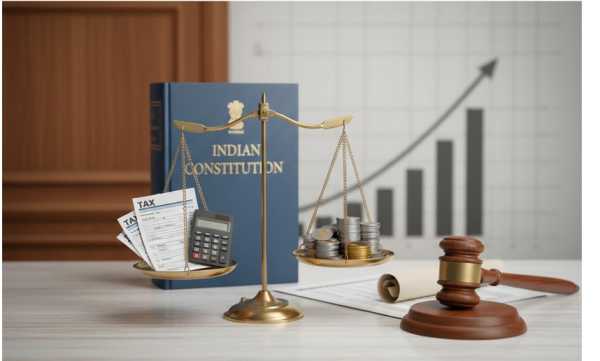


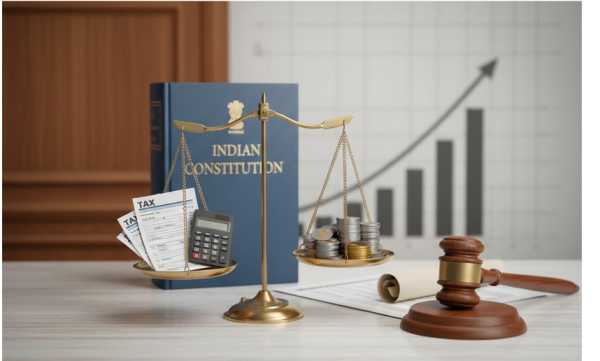




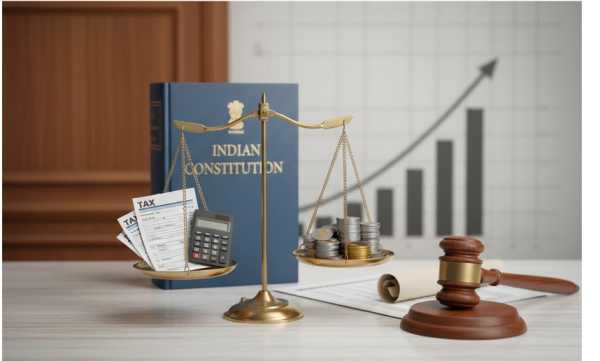

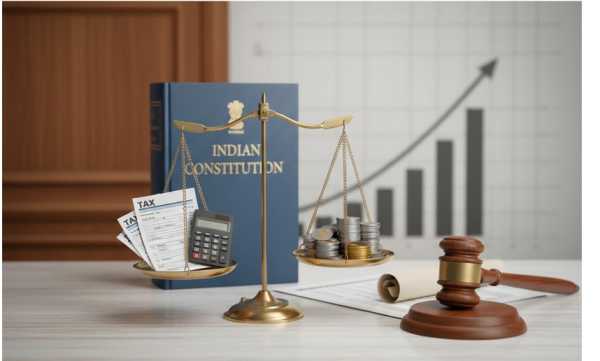

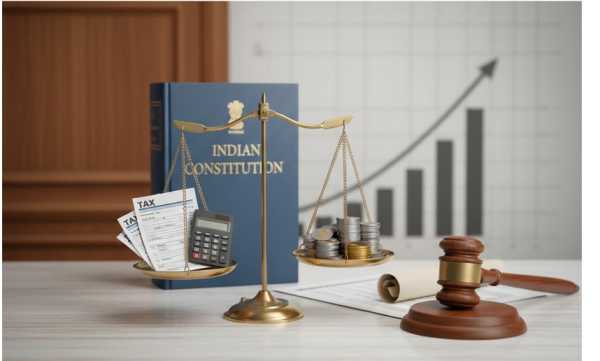
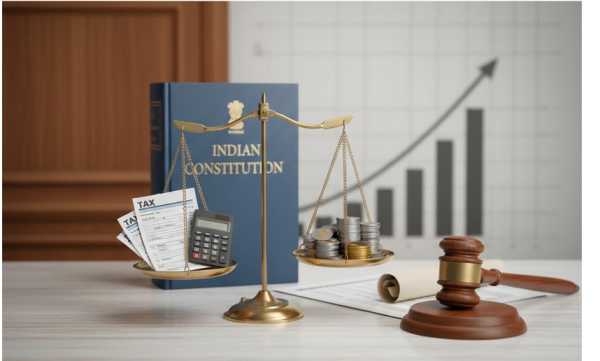
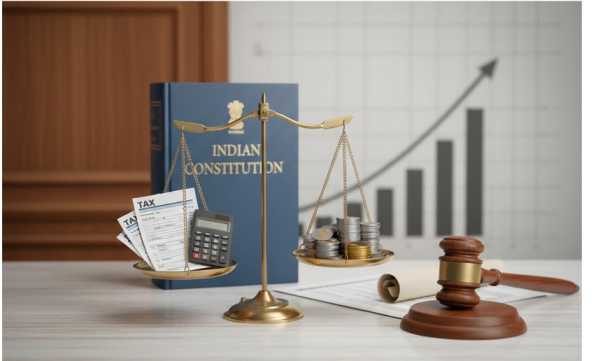
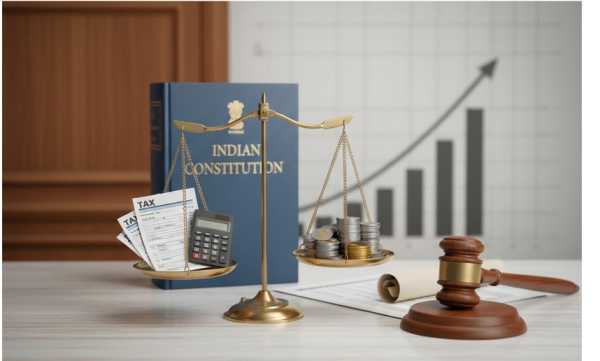
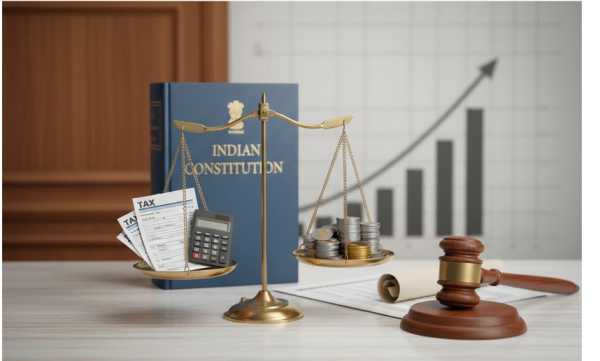




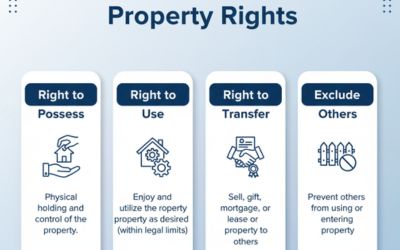

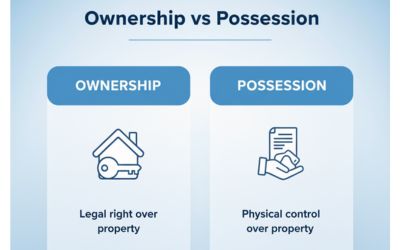


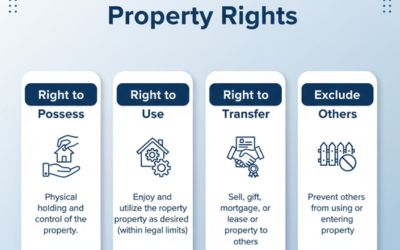
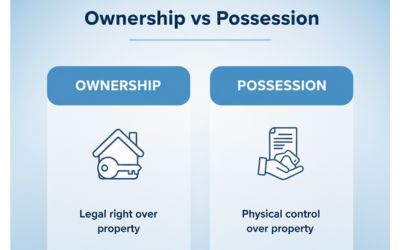

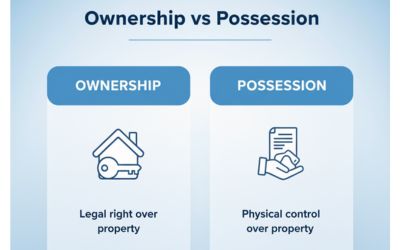

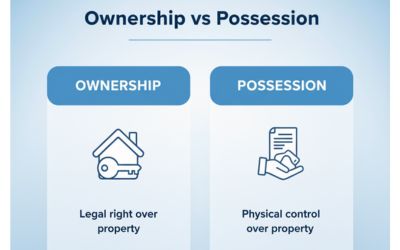




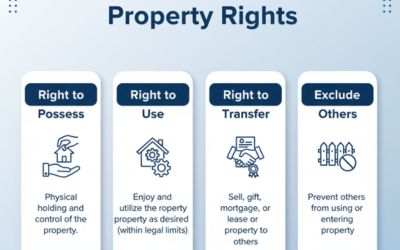

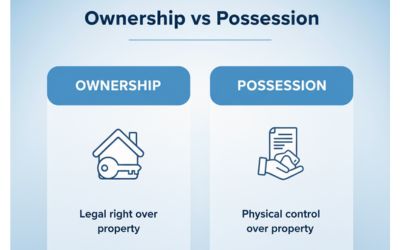




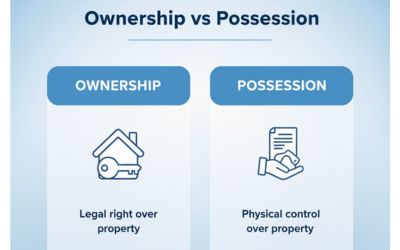
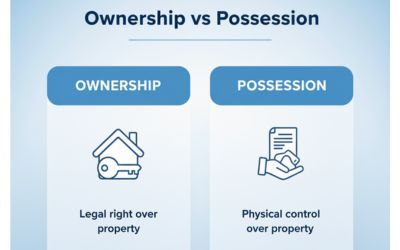

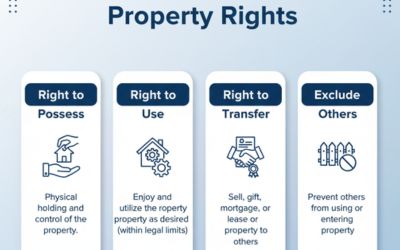
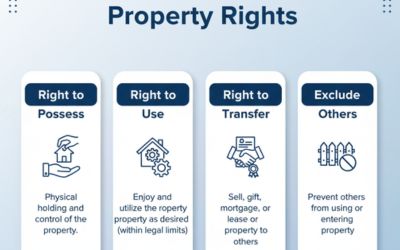
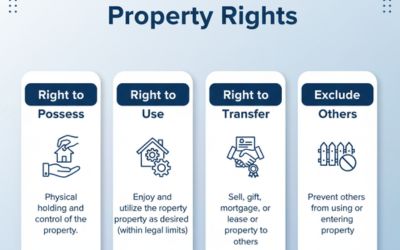
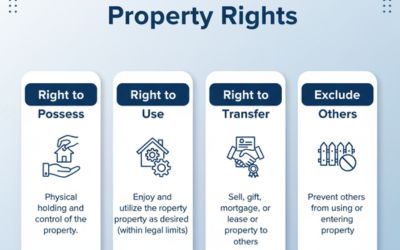


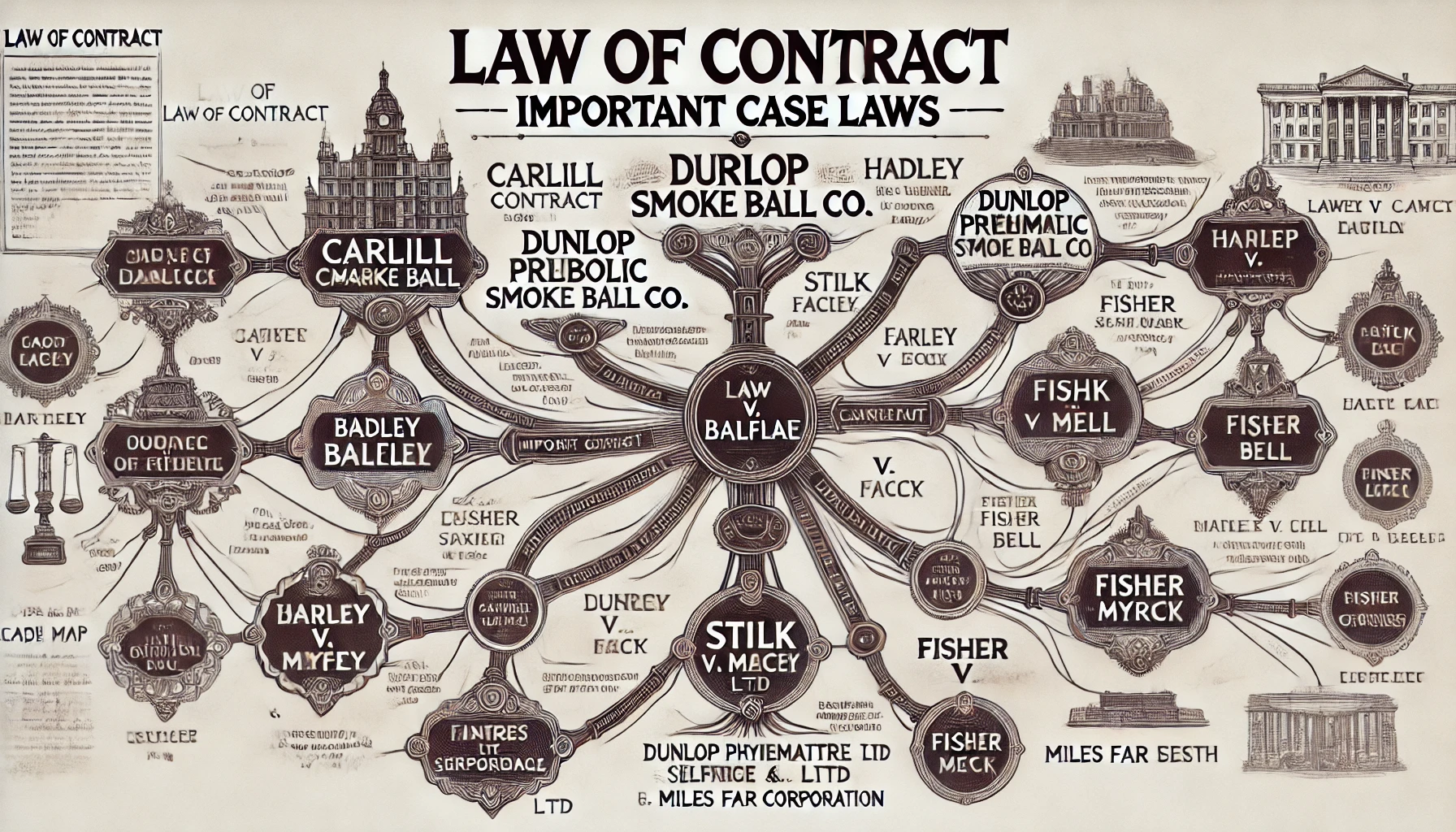
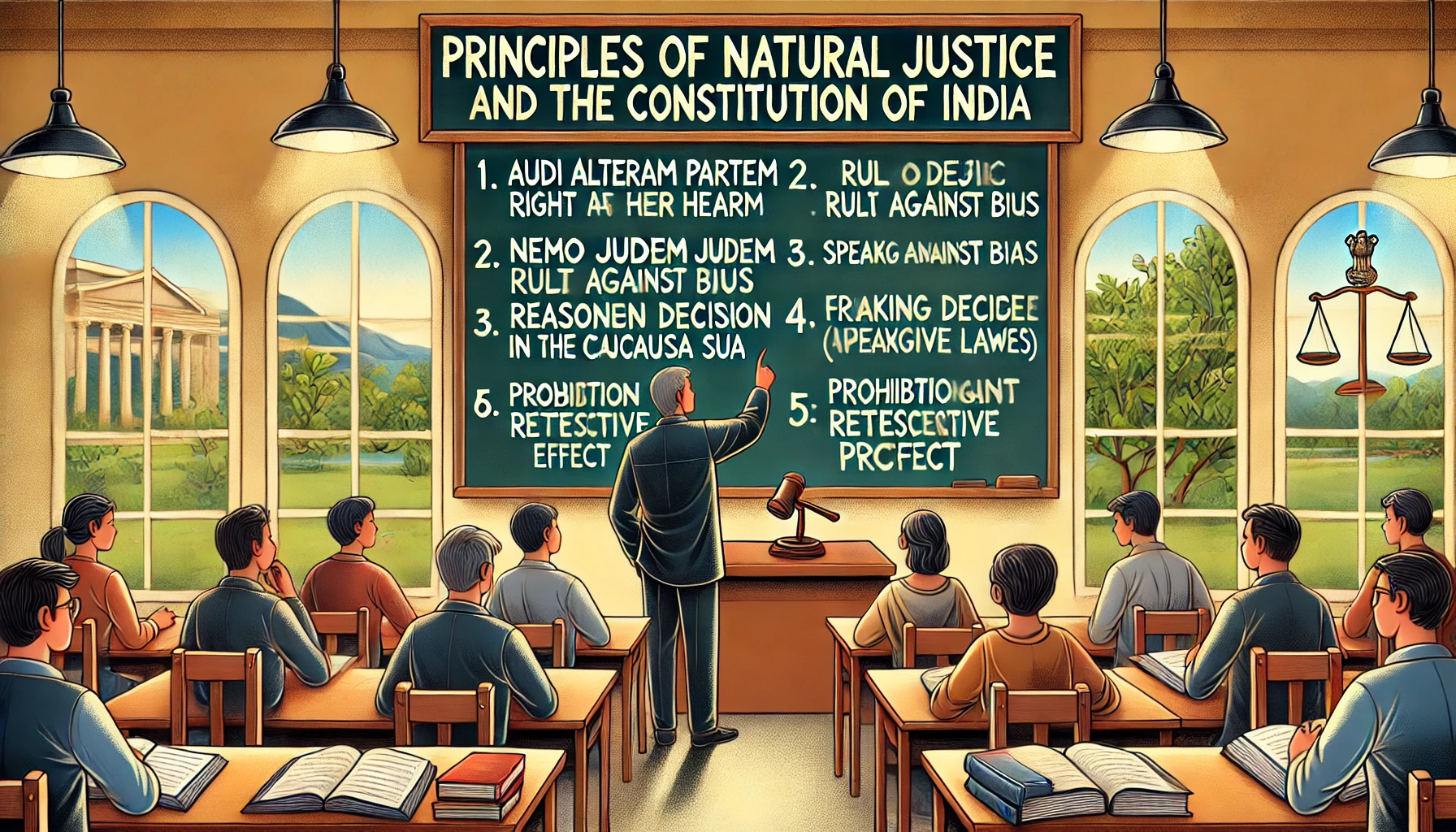


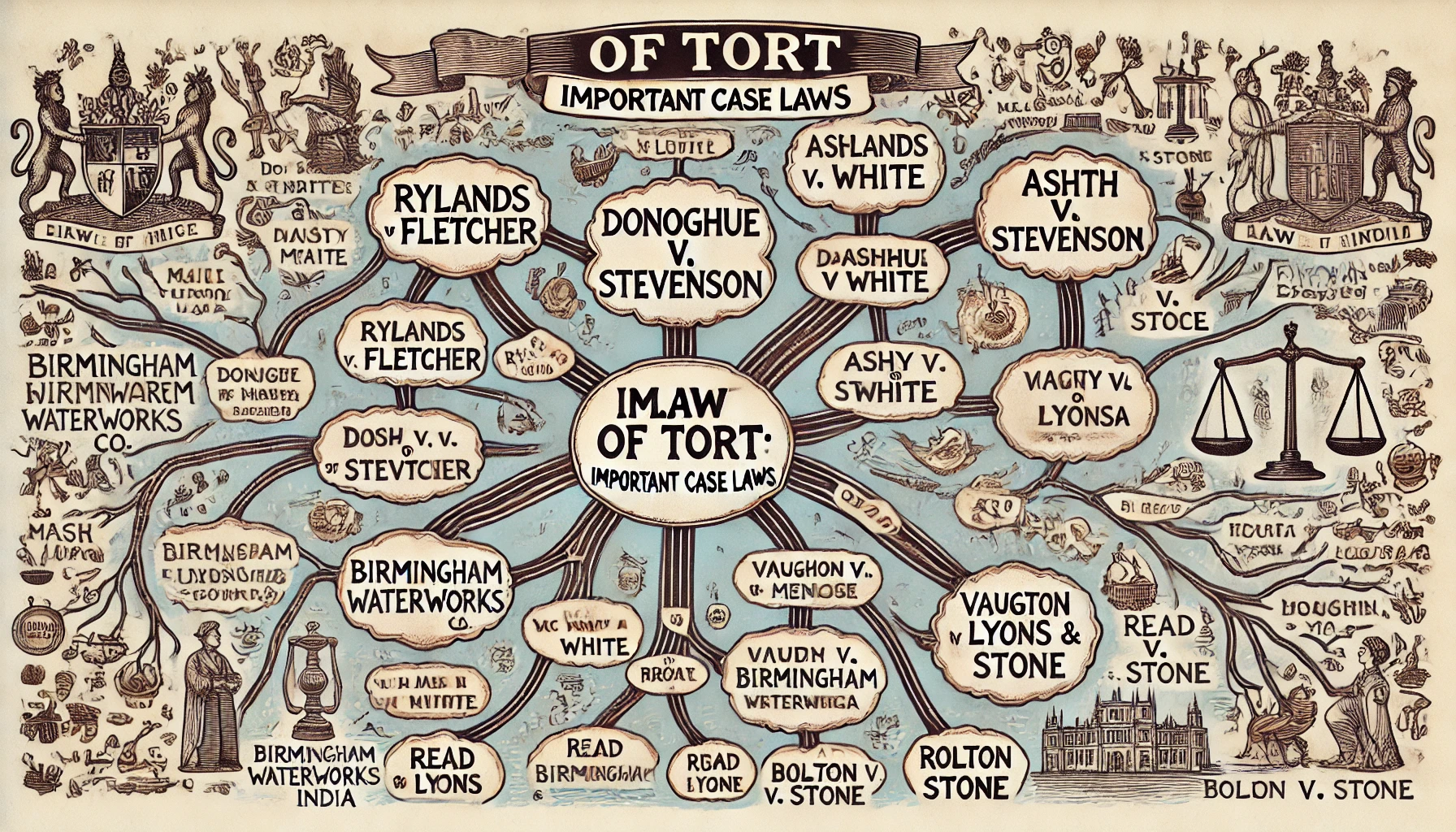





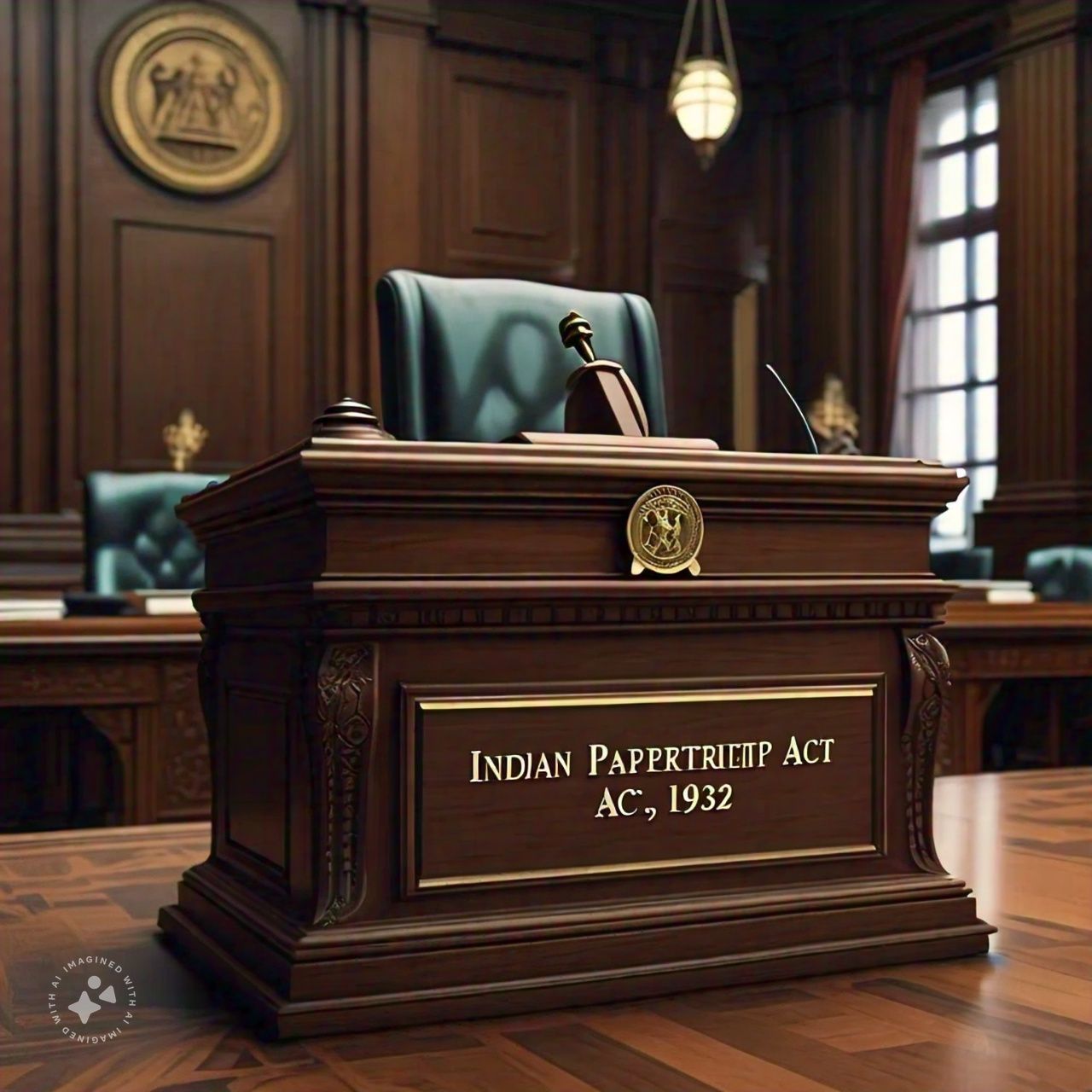



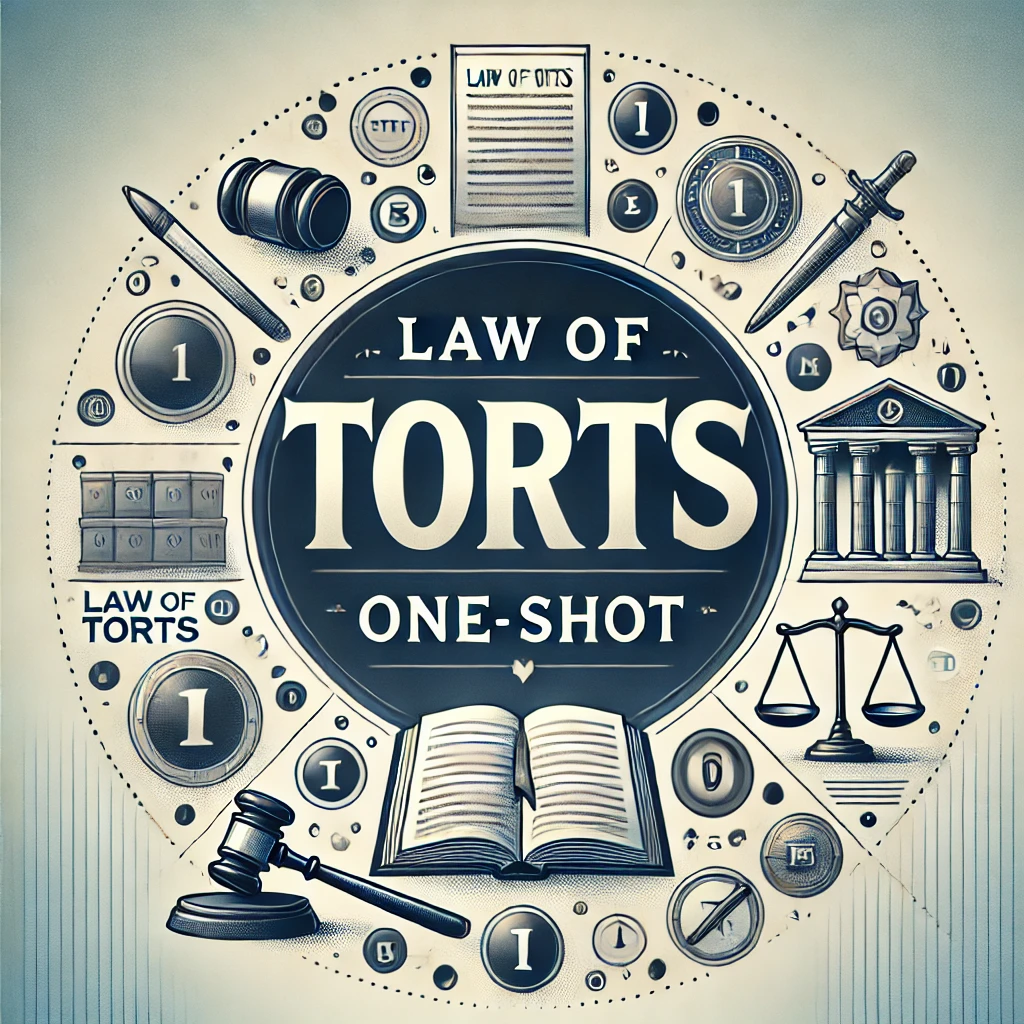

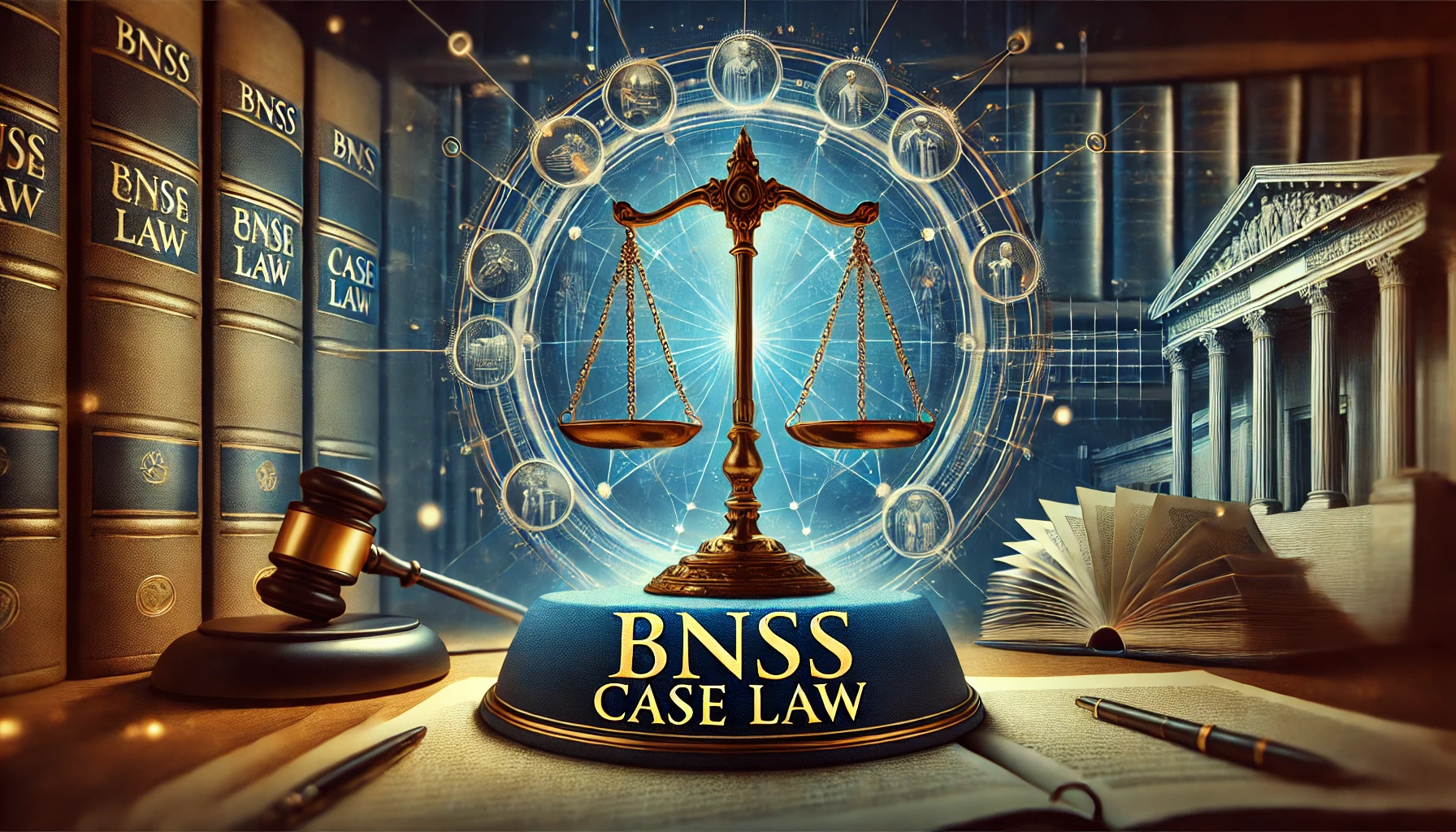
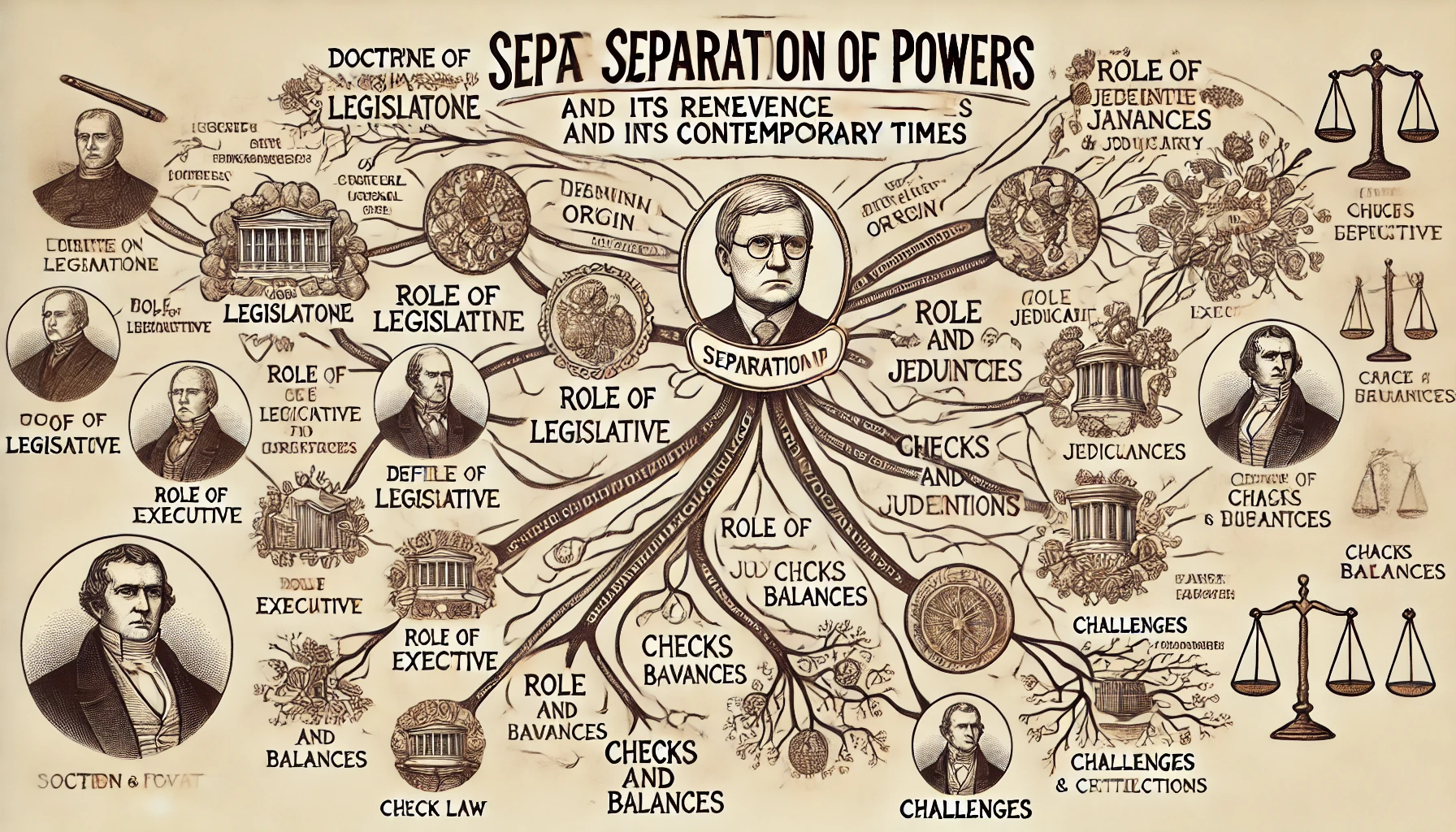



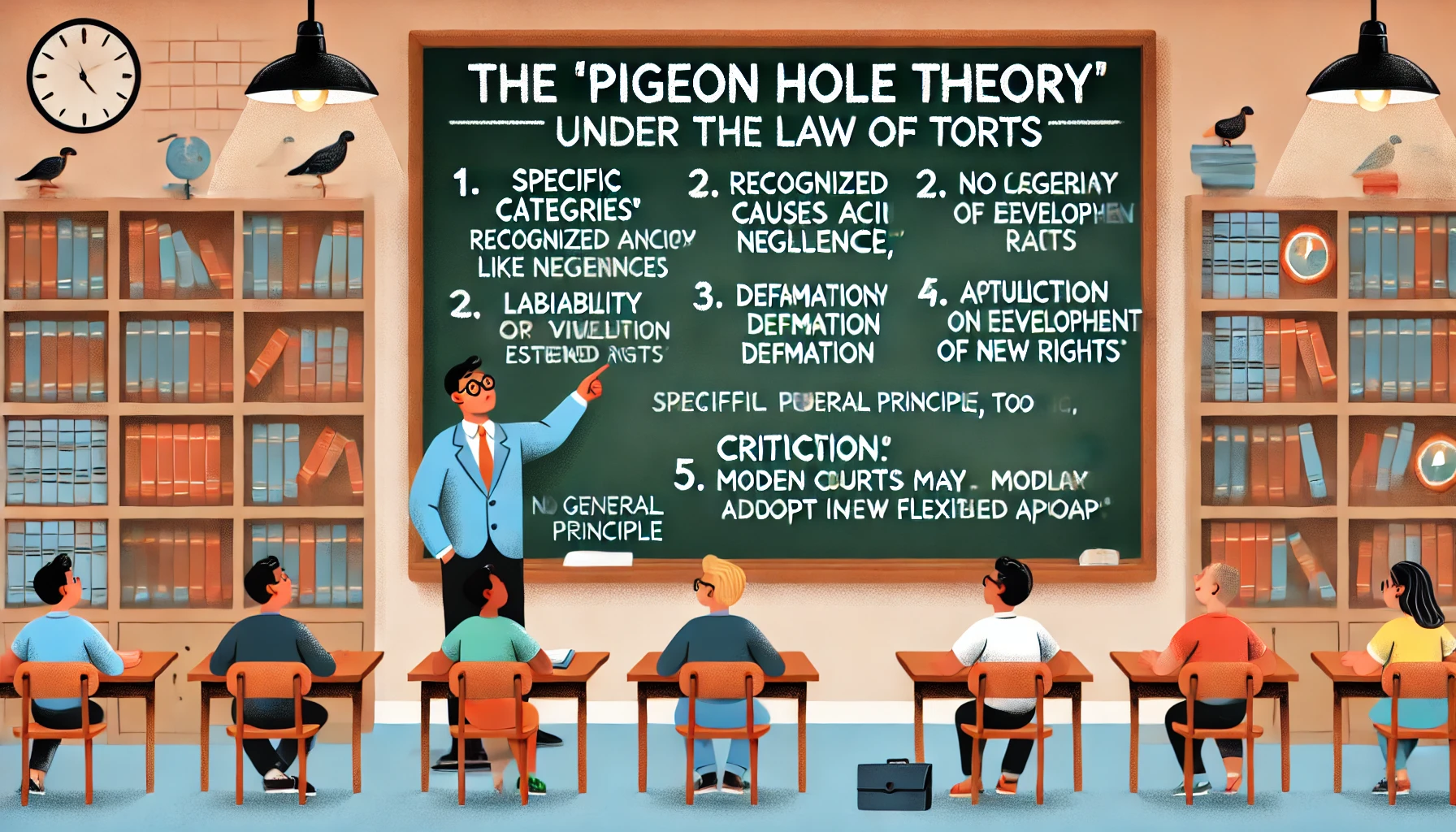


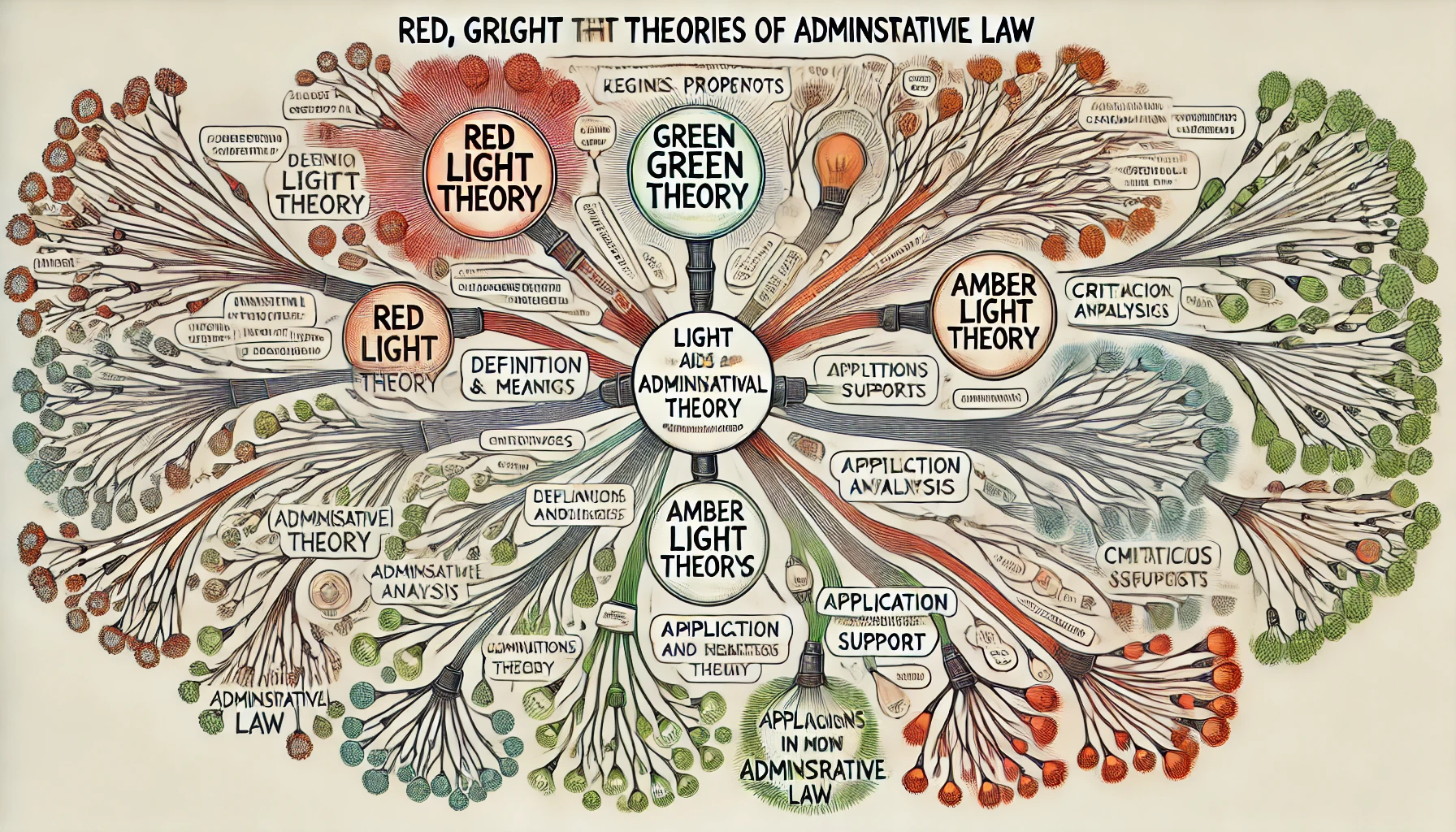

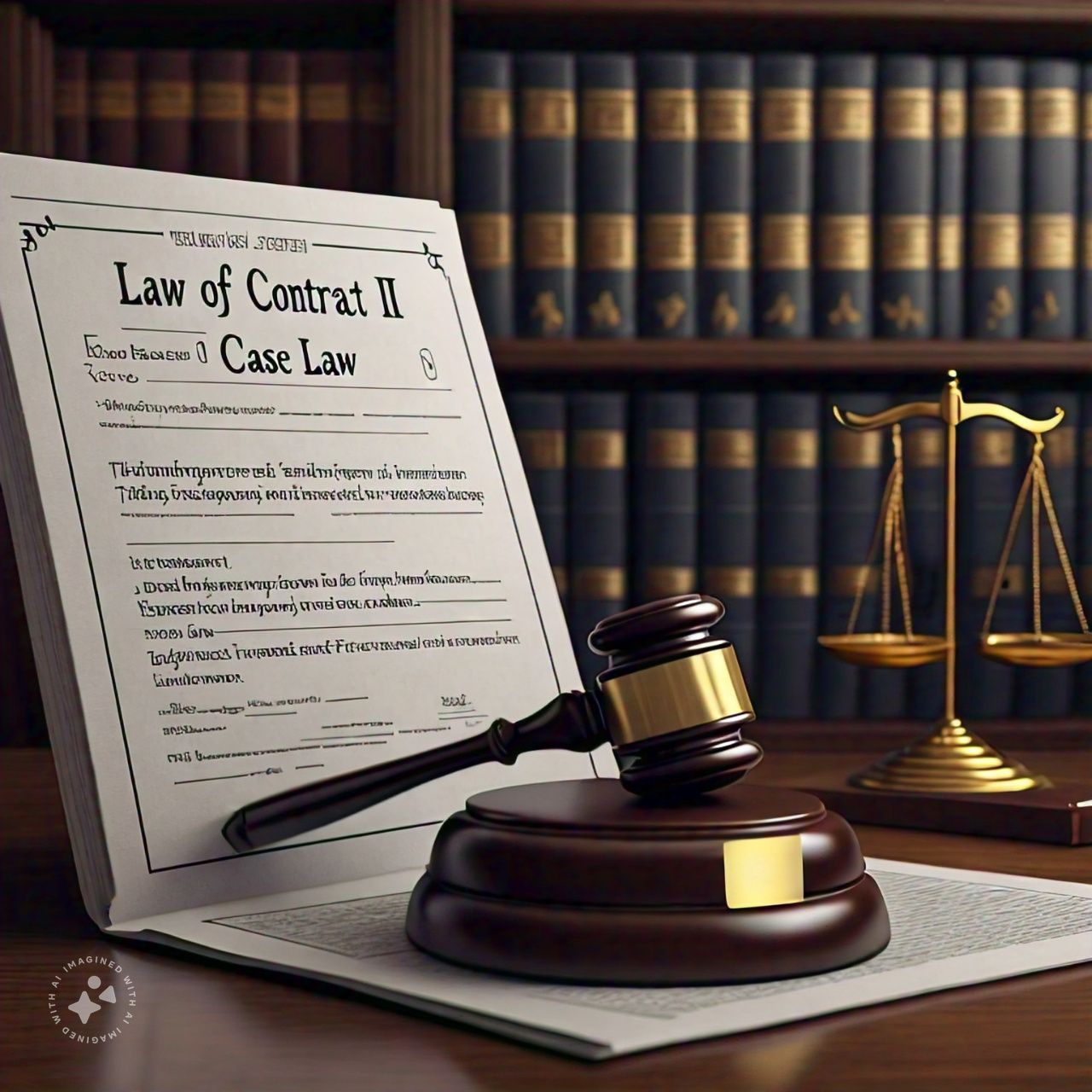
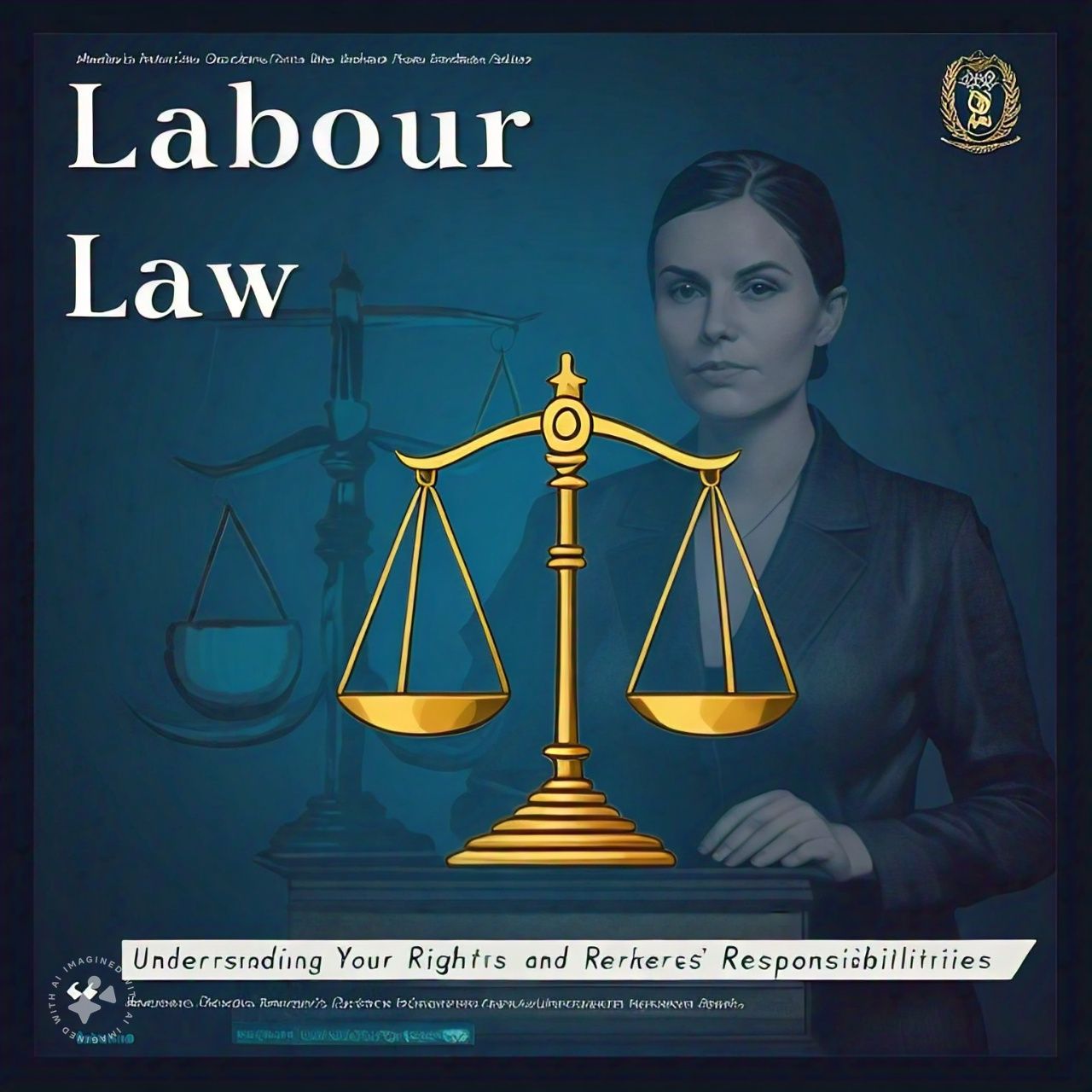
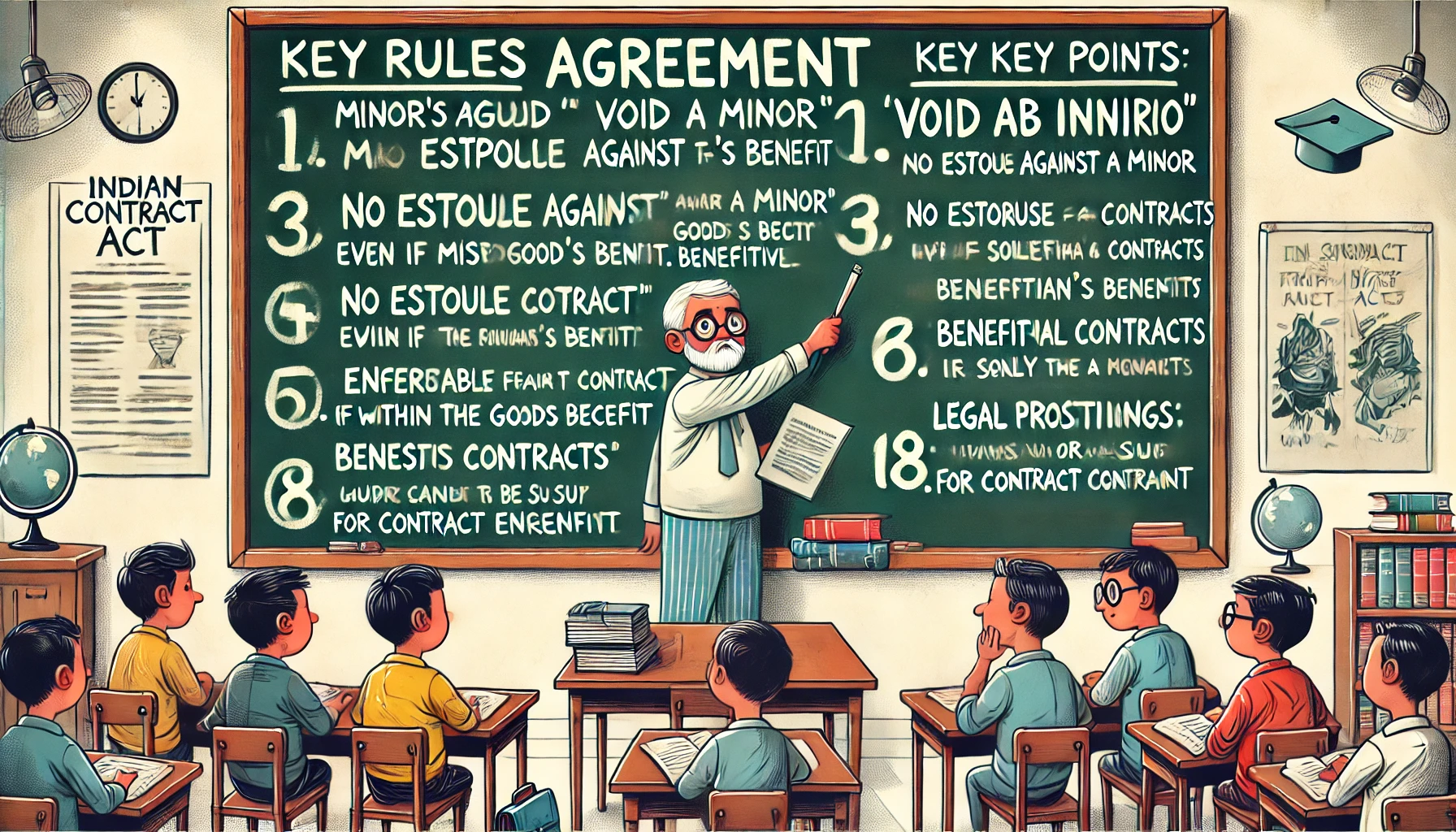
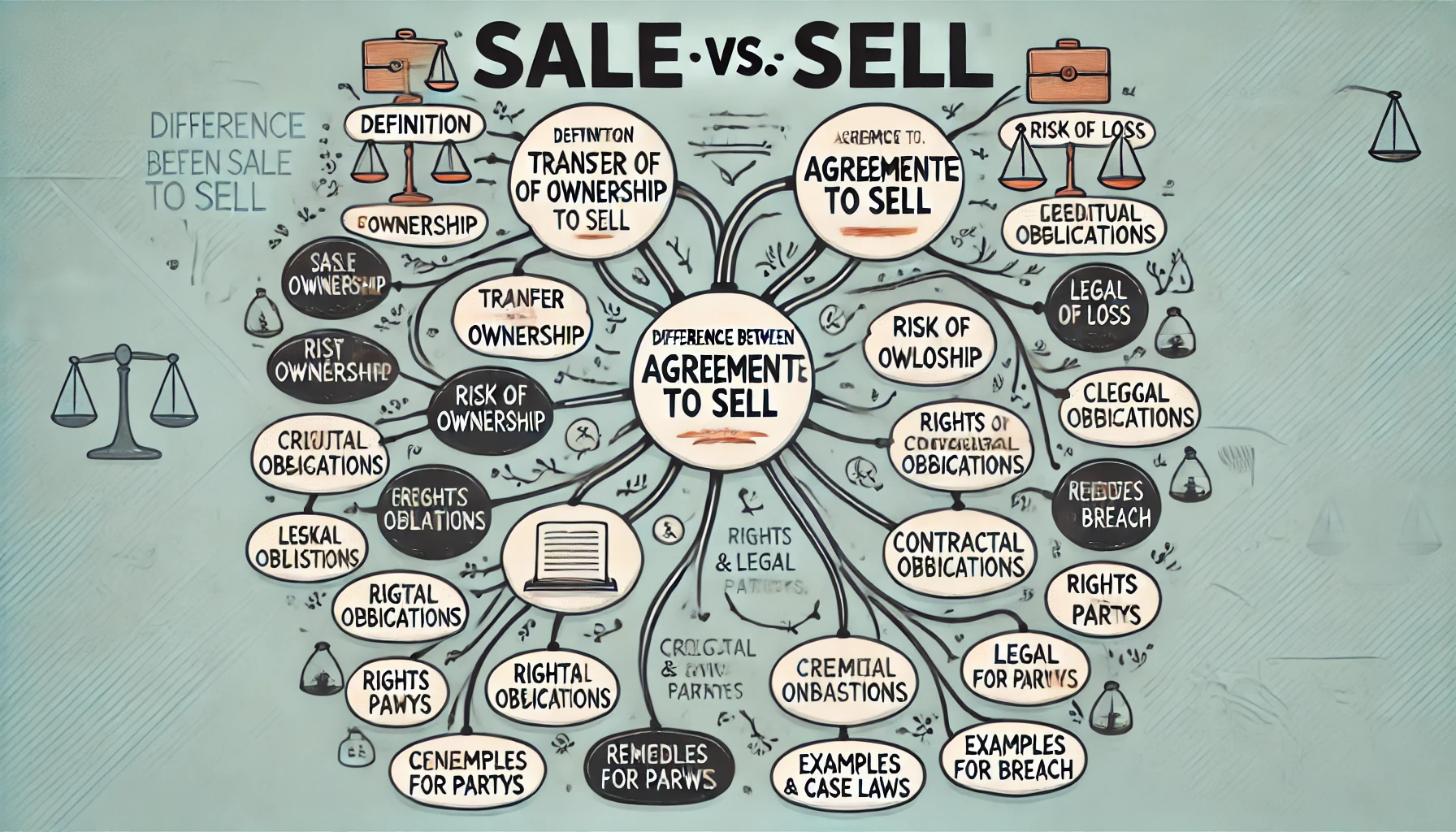


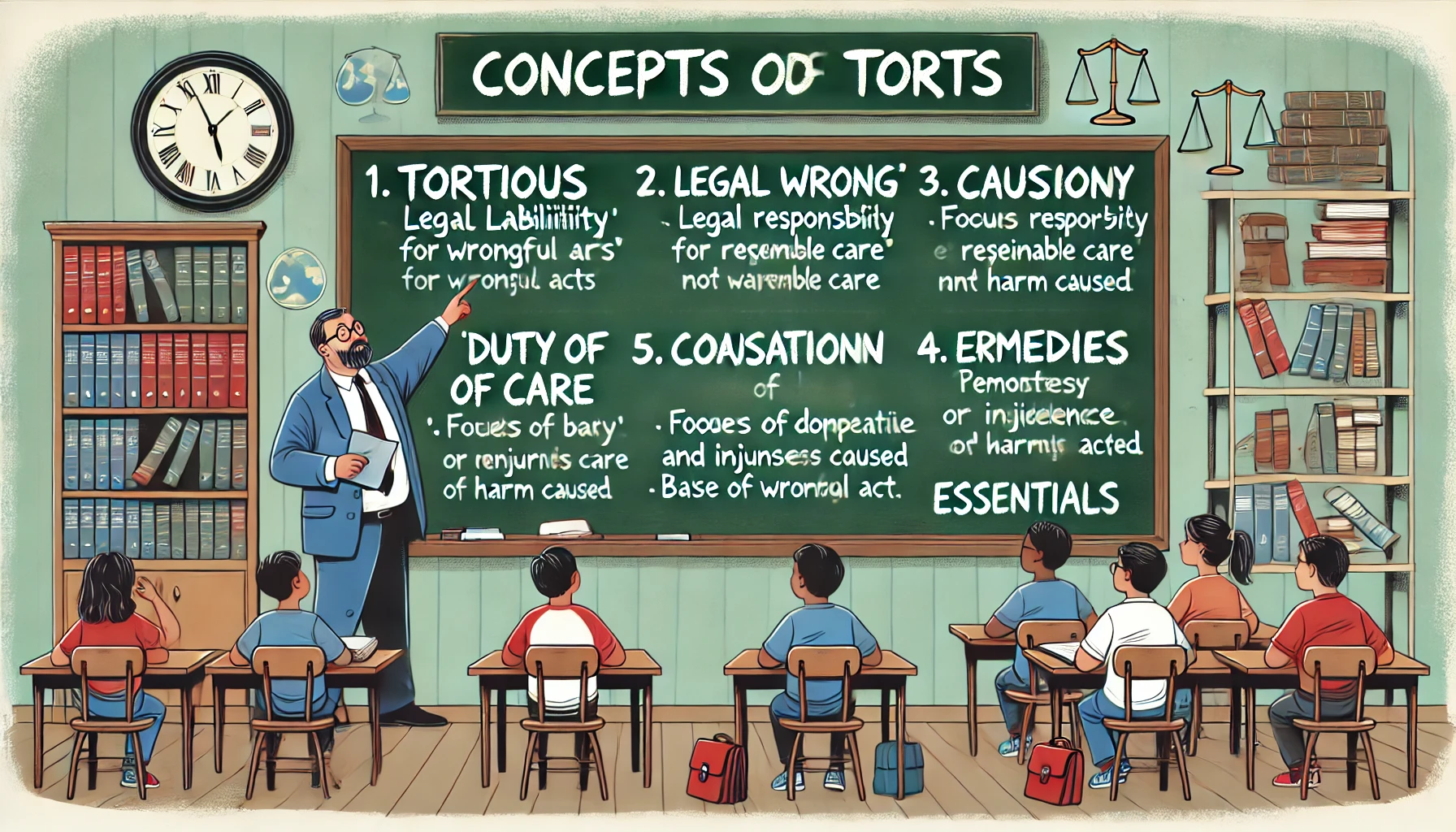
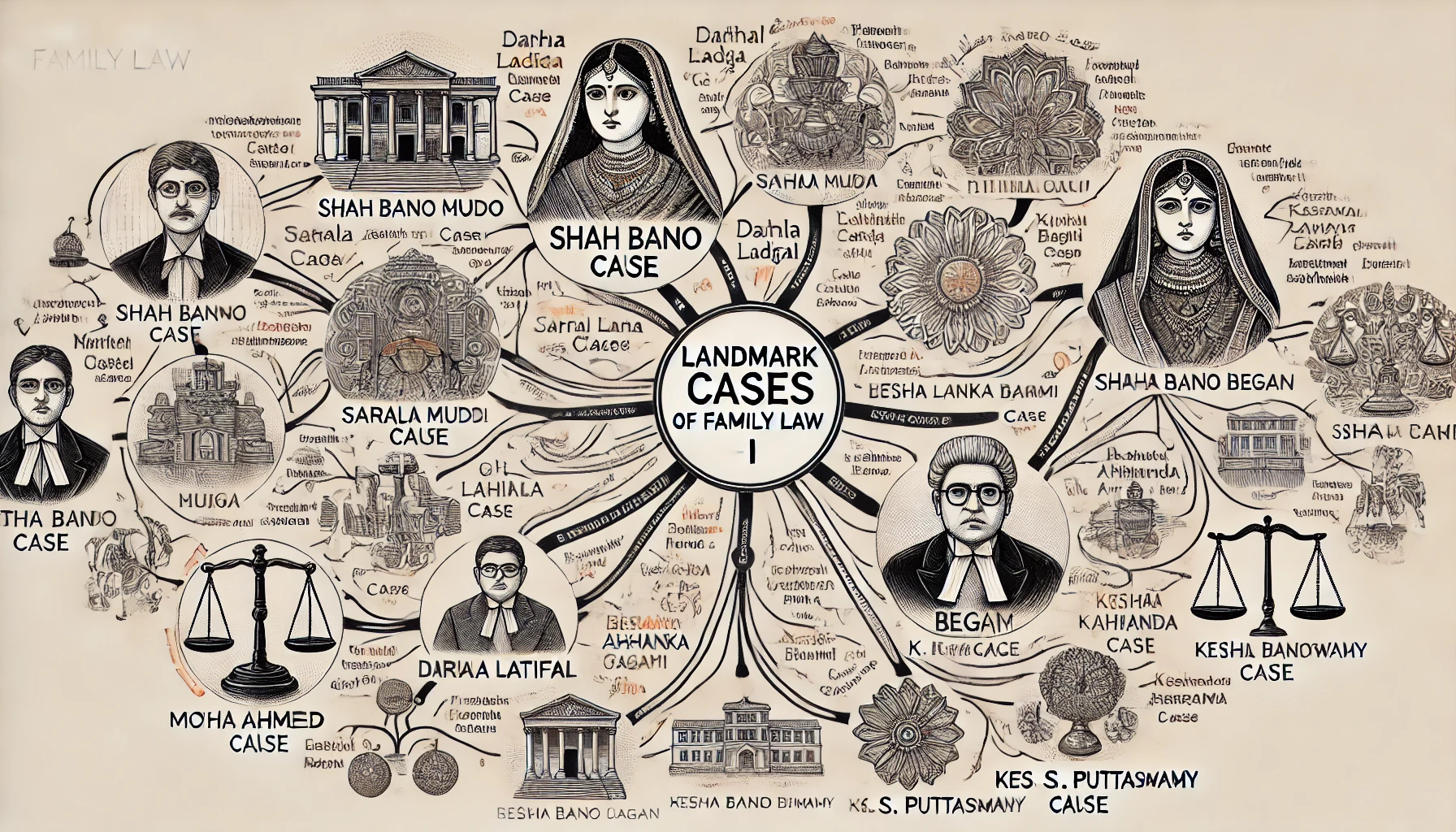

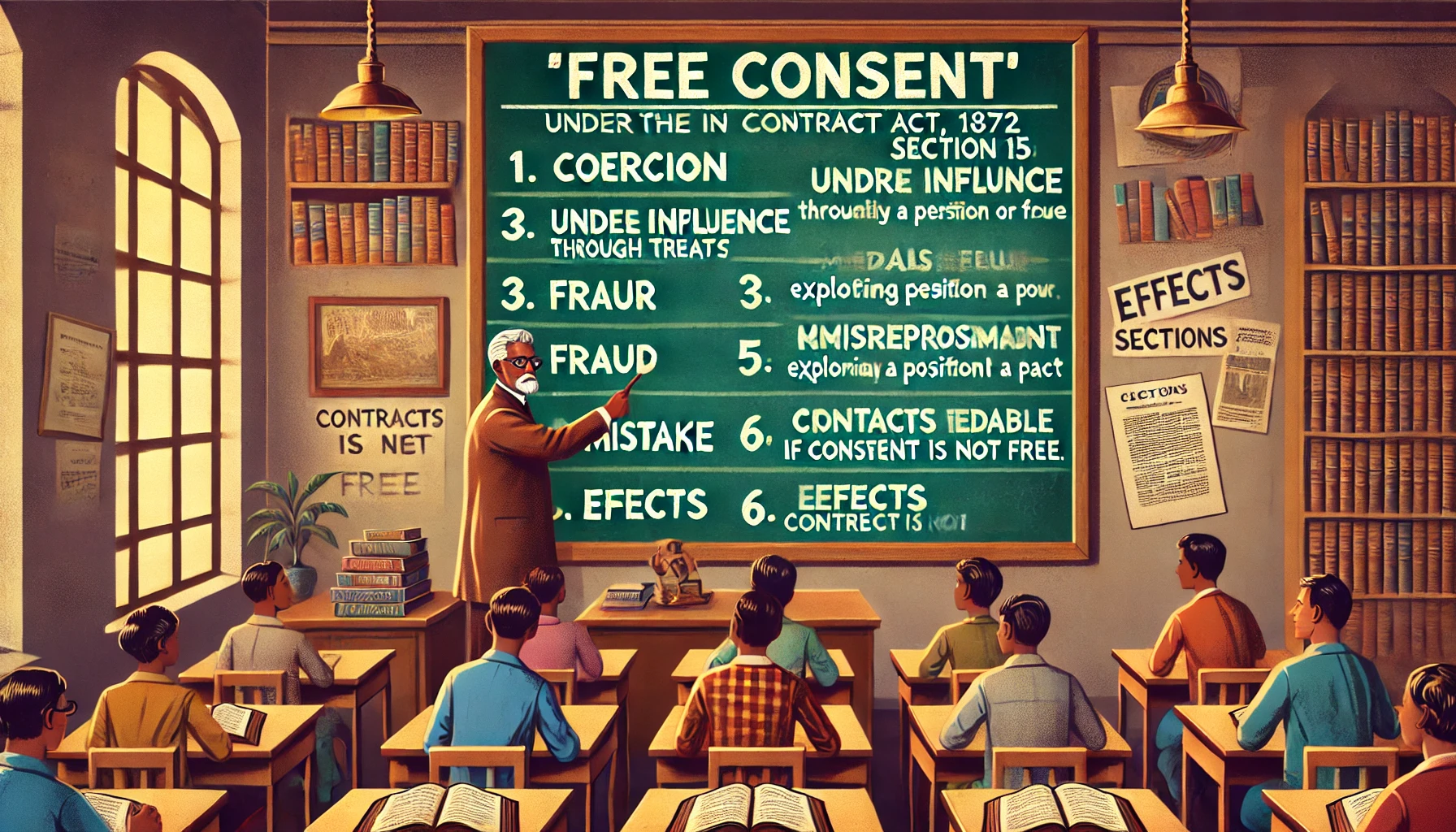
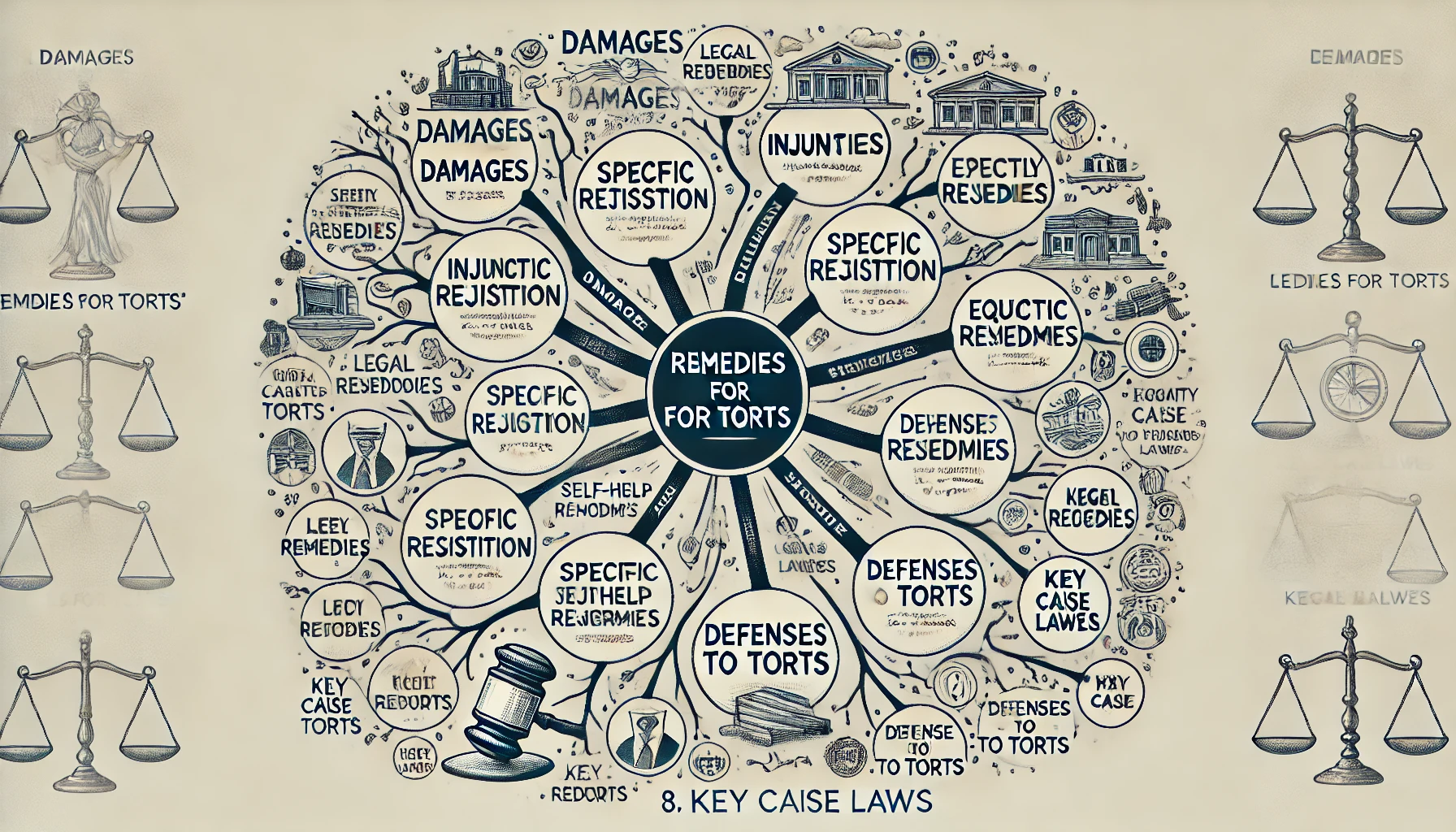


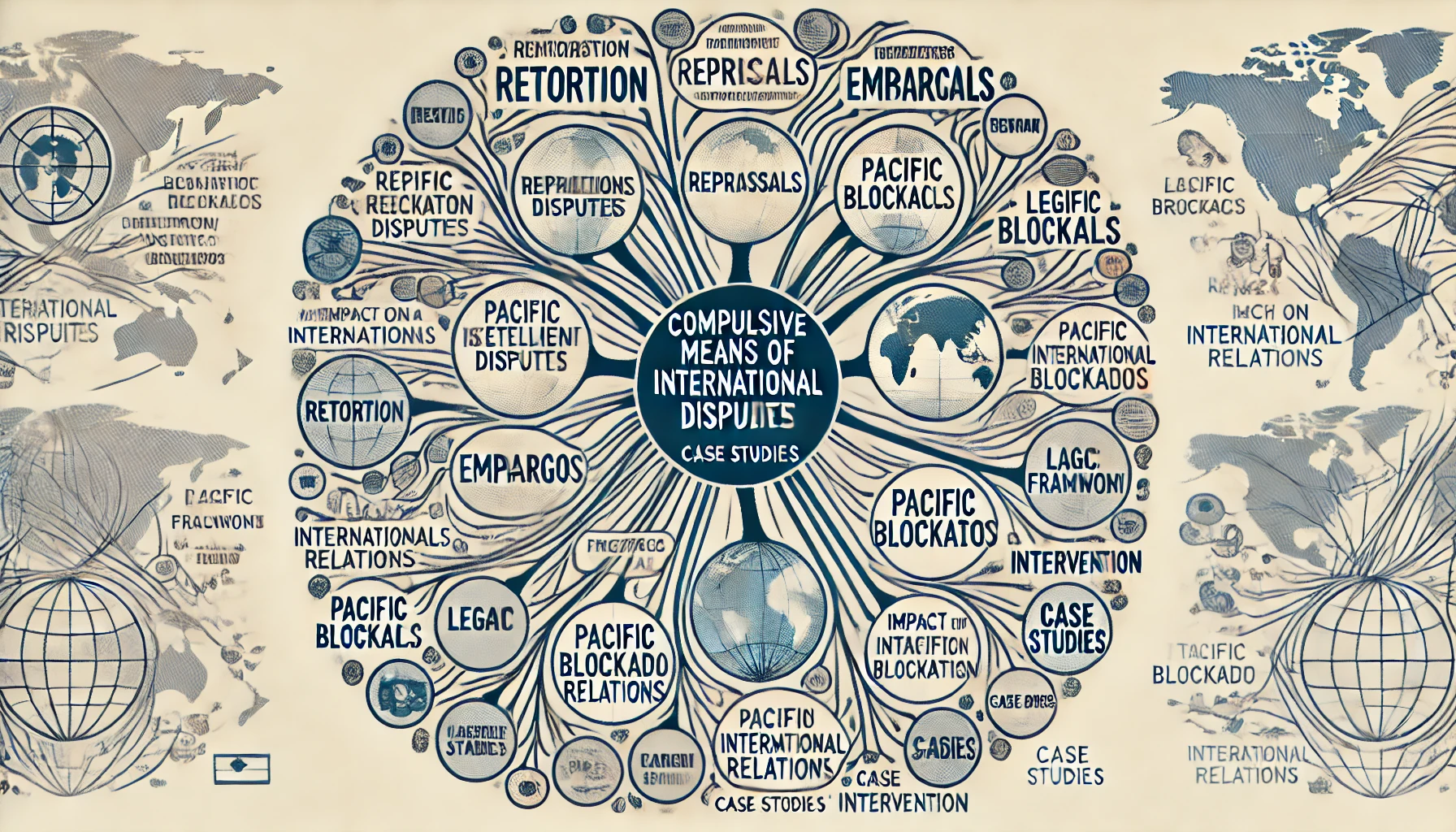

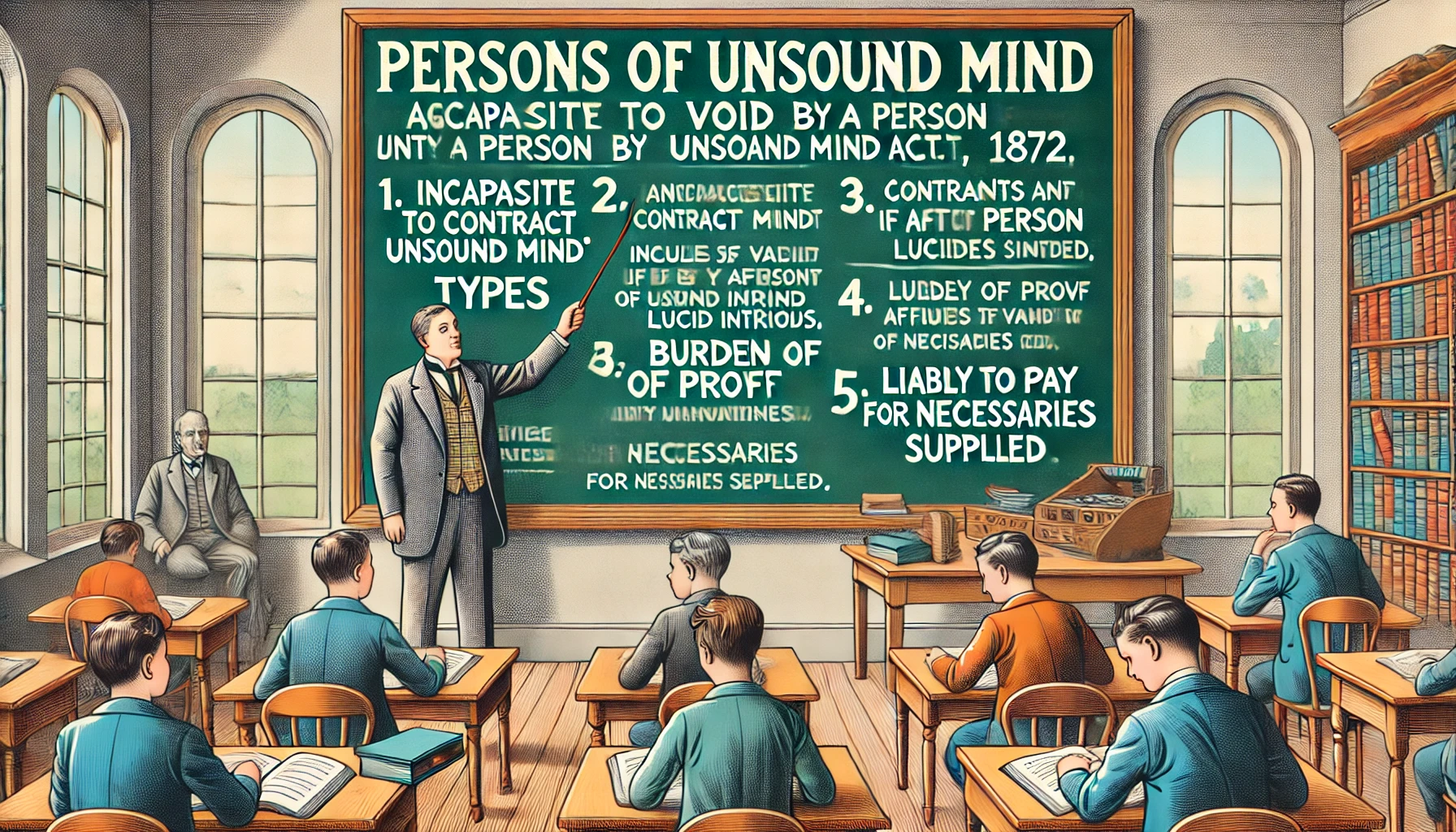

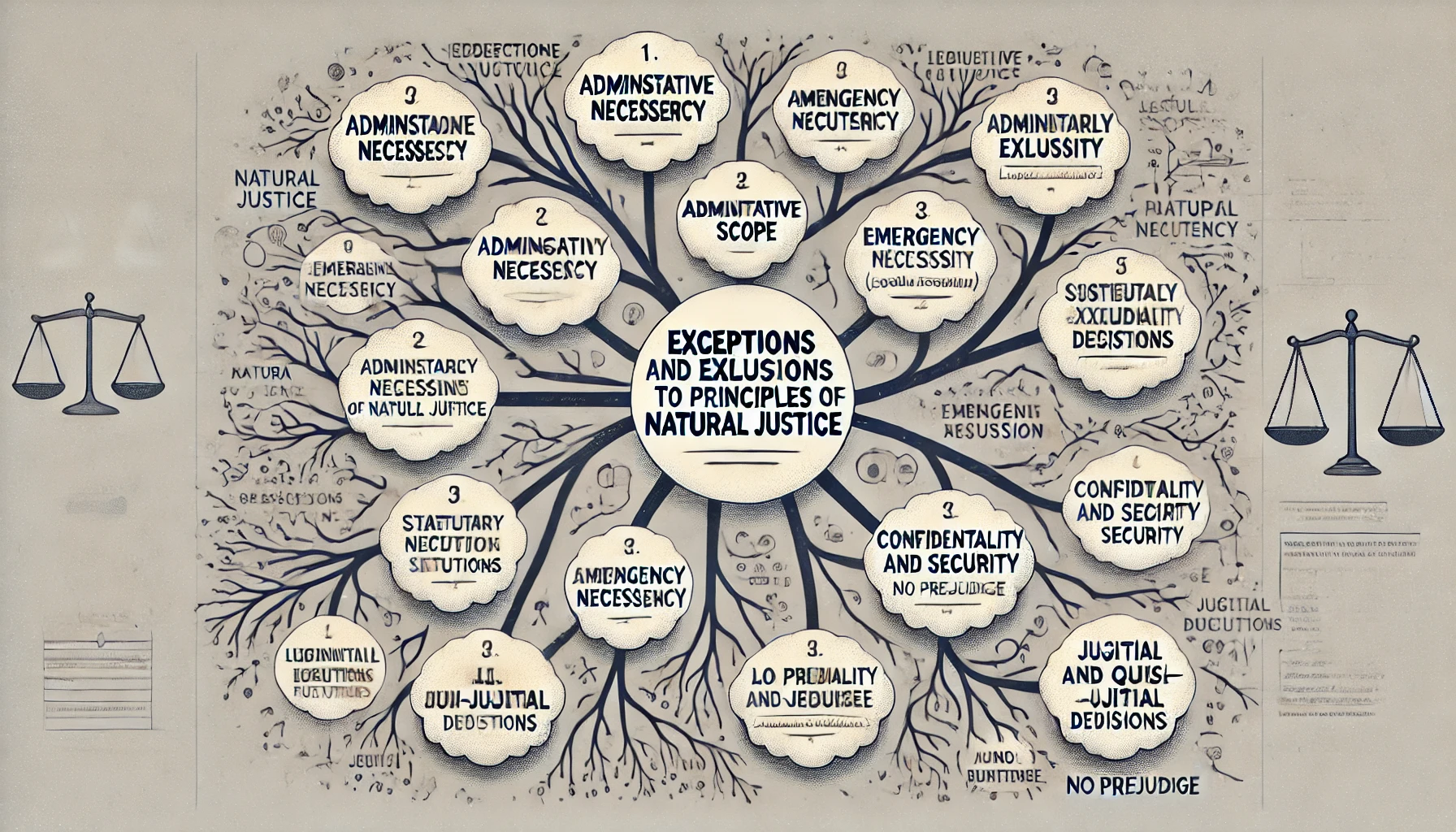

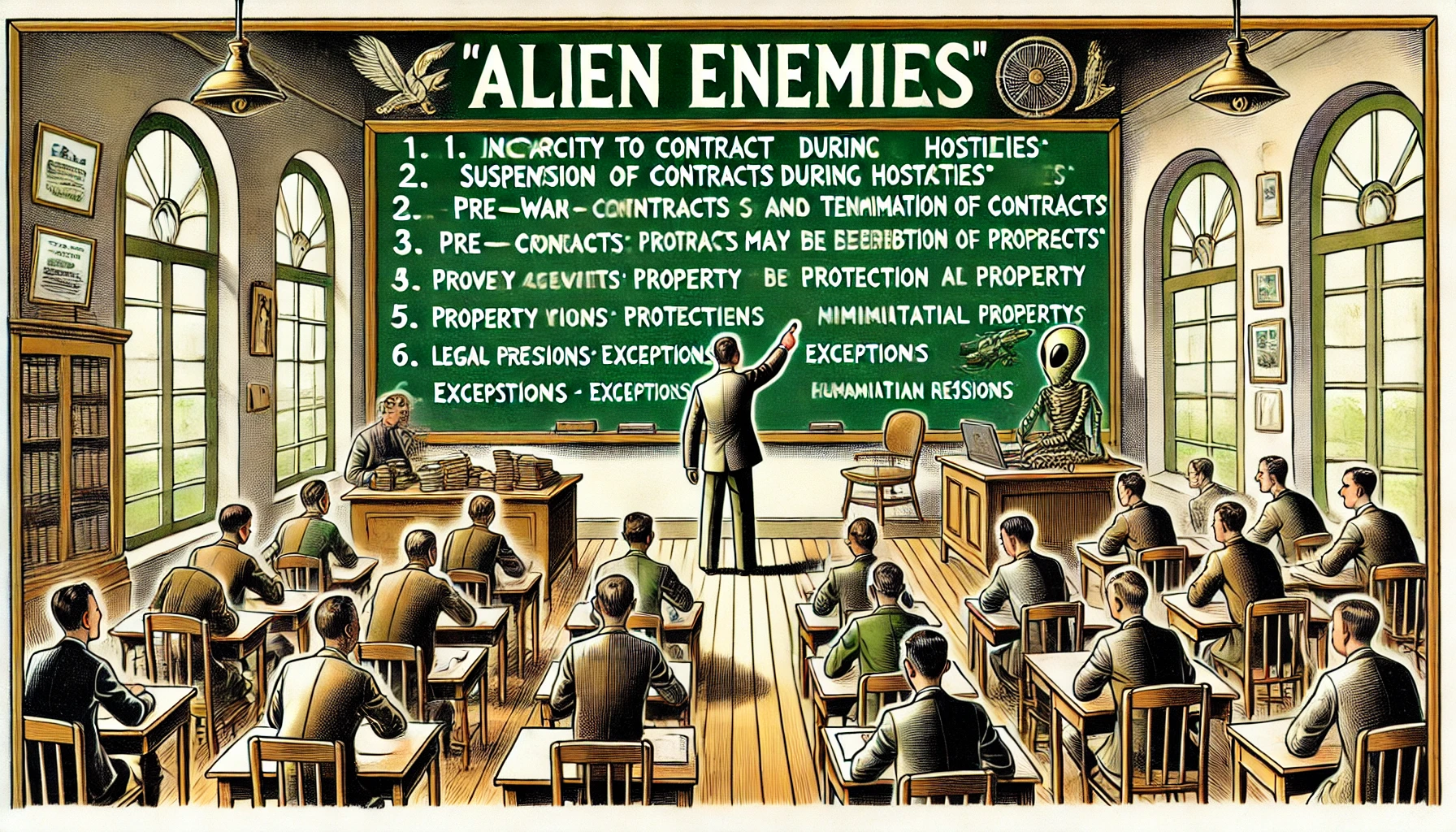




Comment
Nothing for now